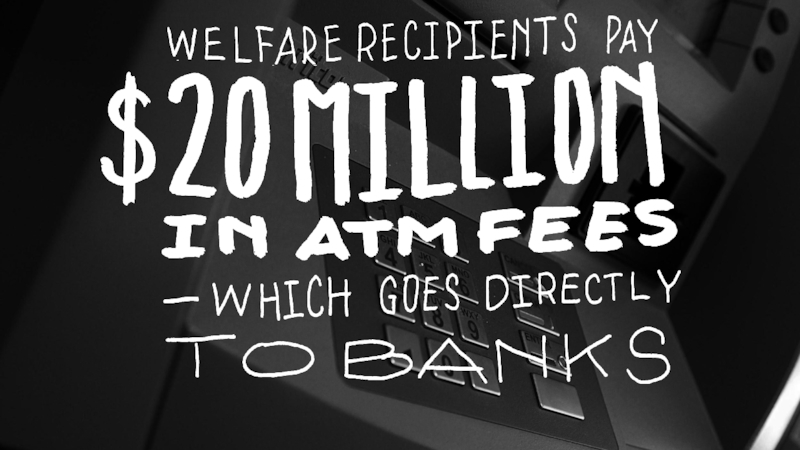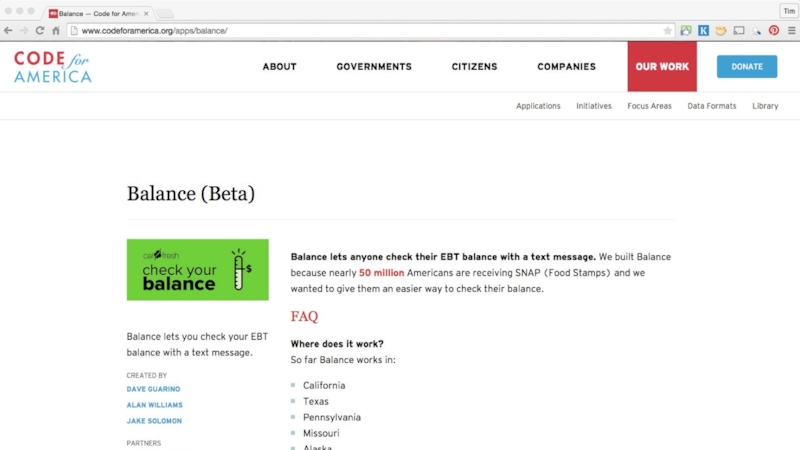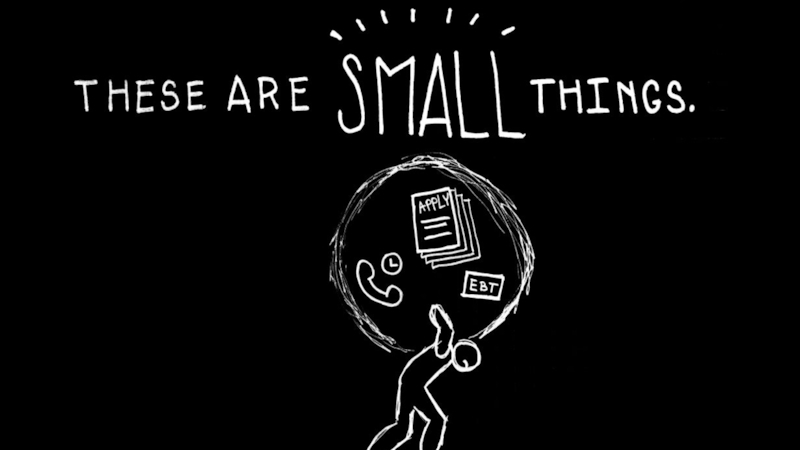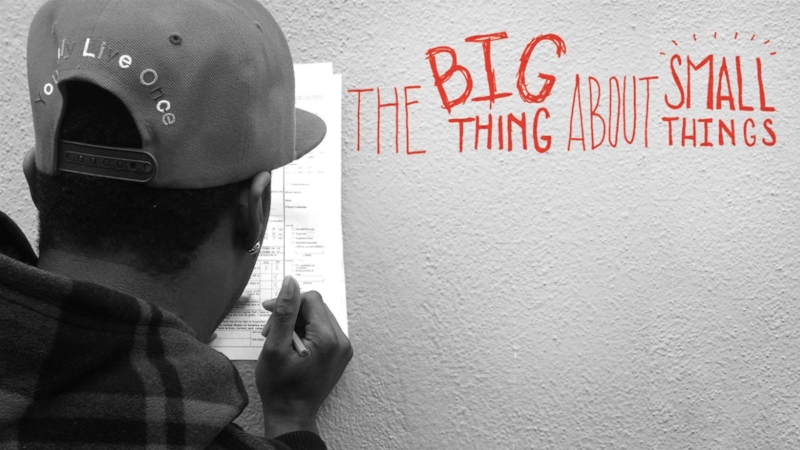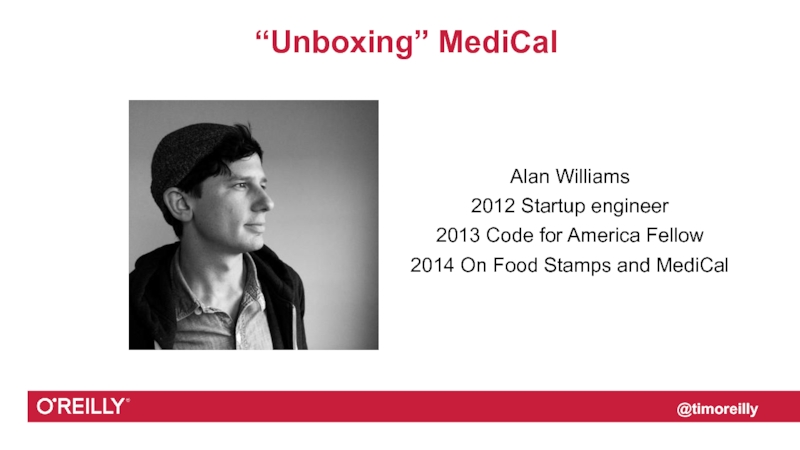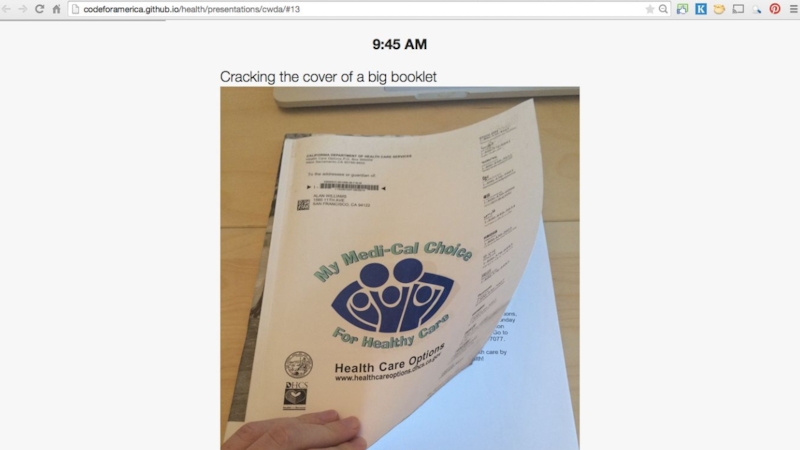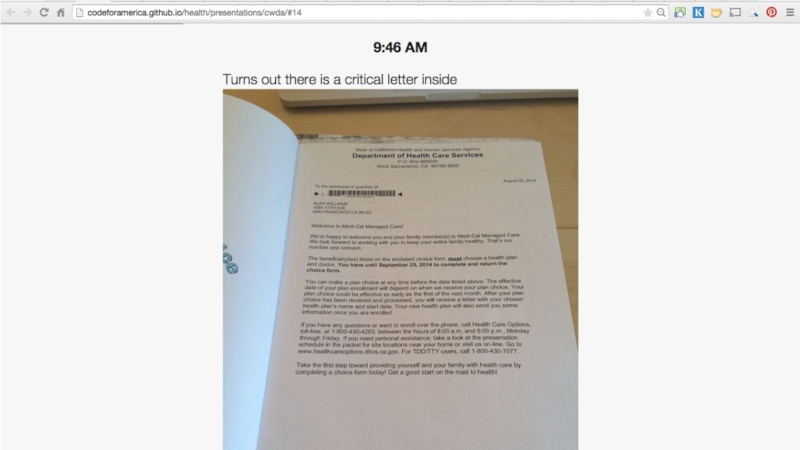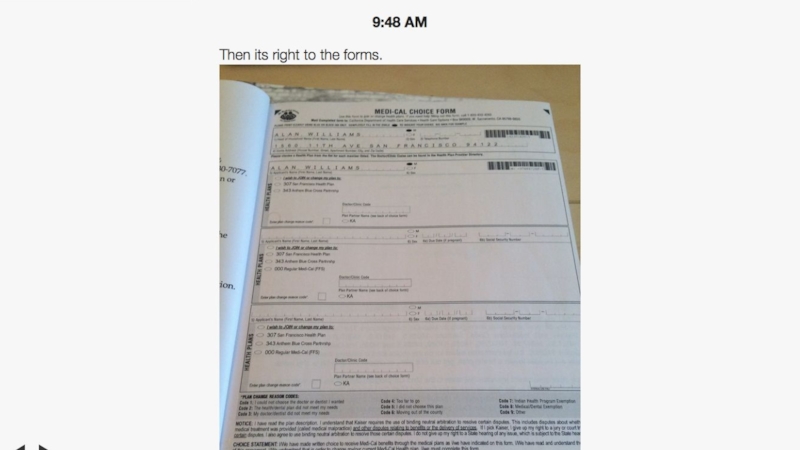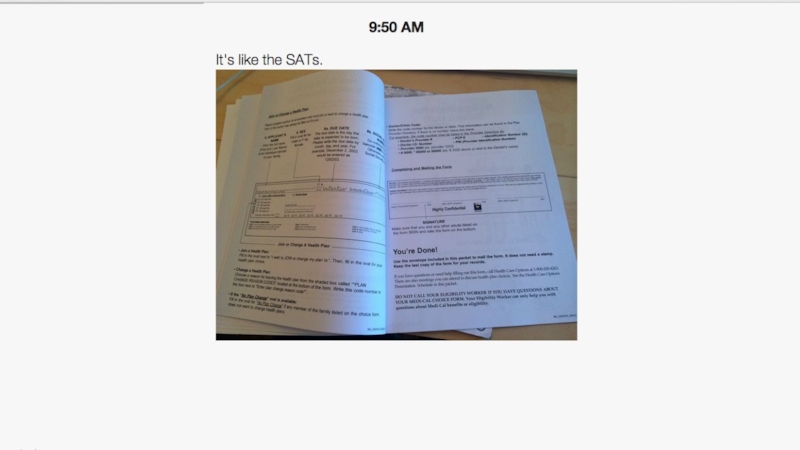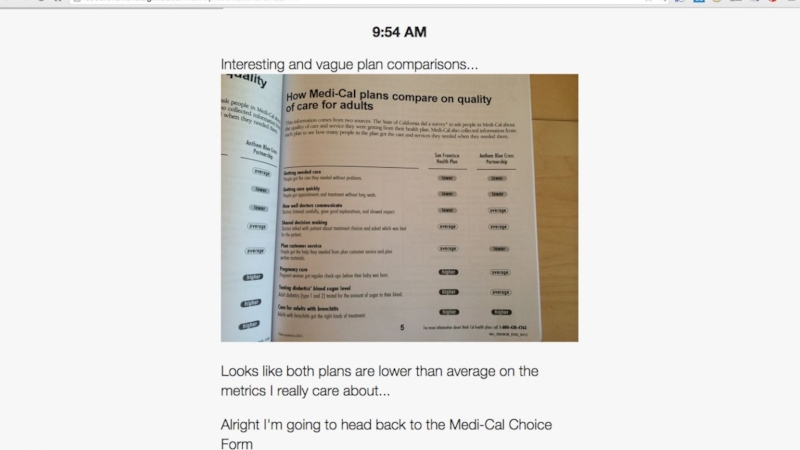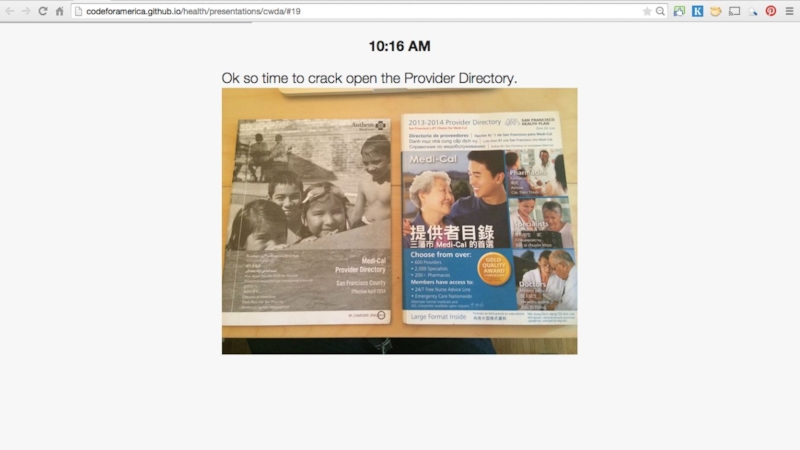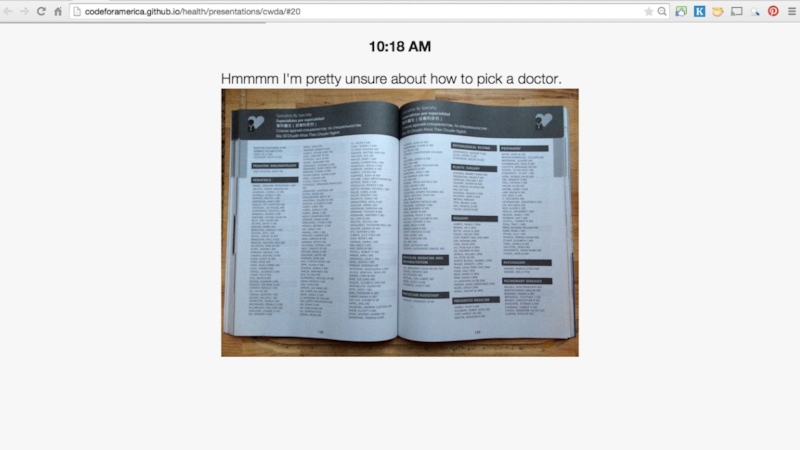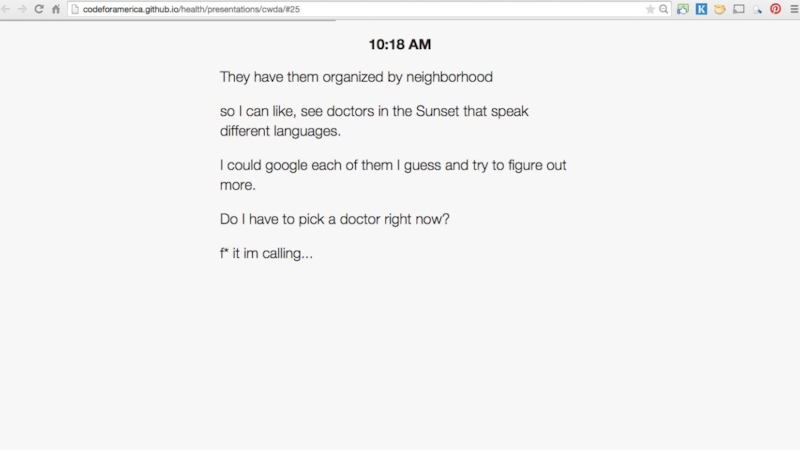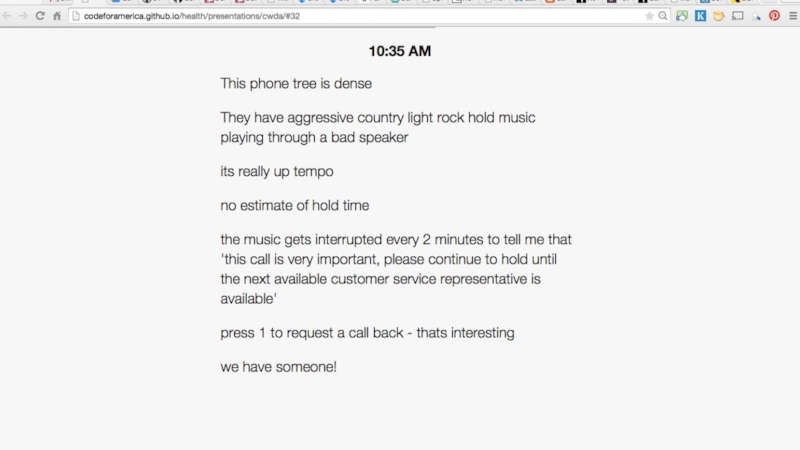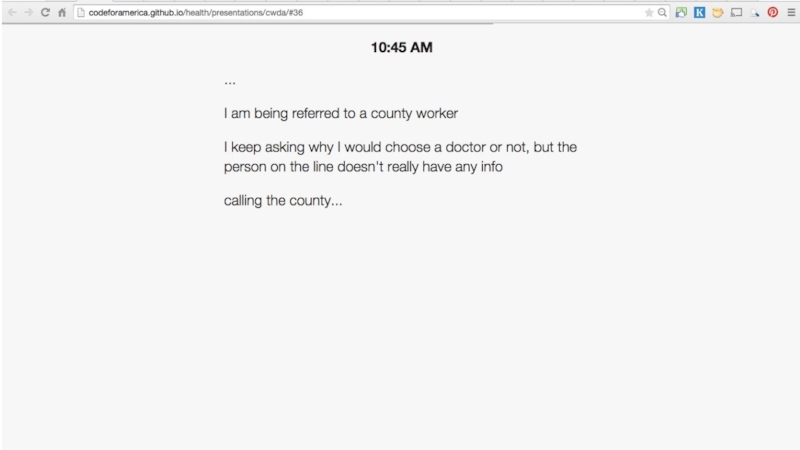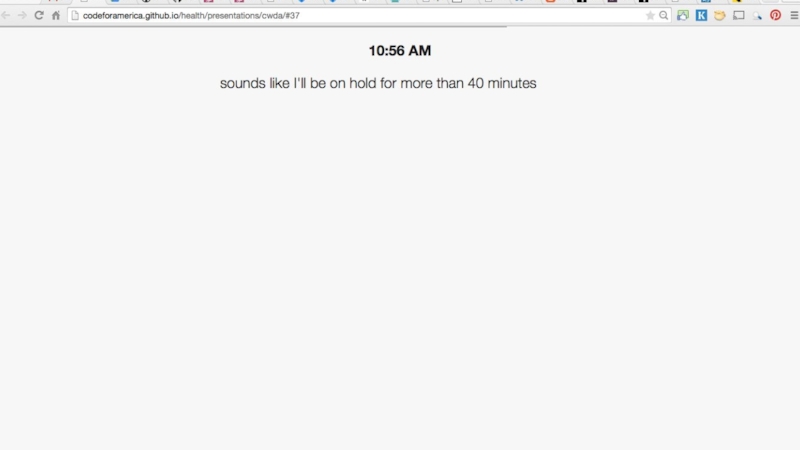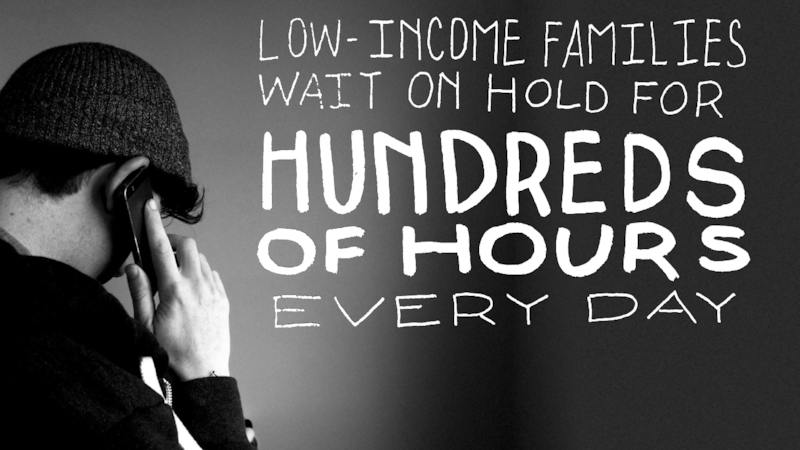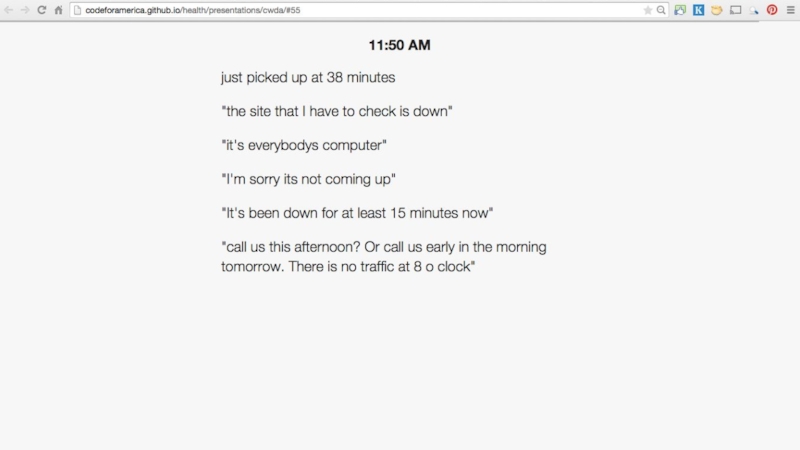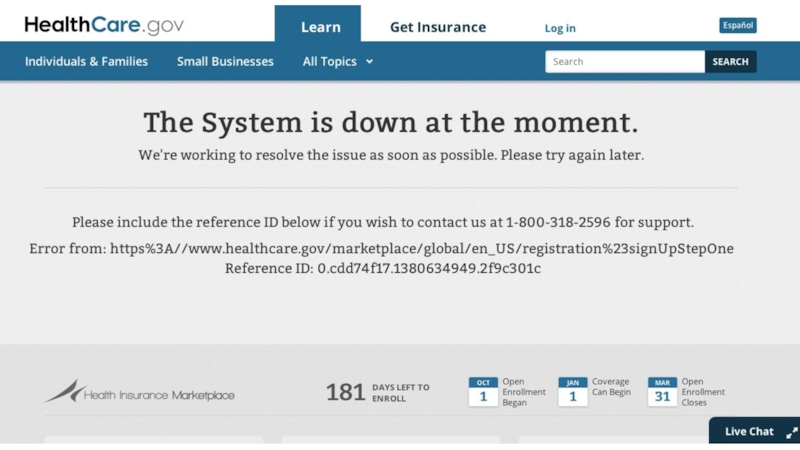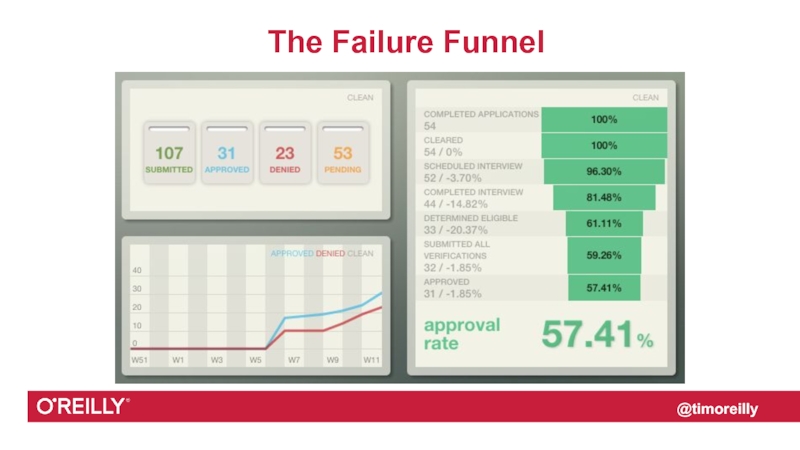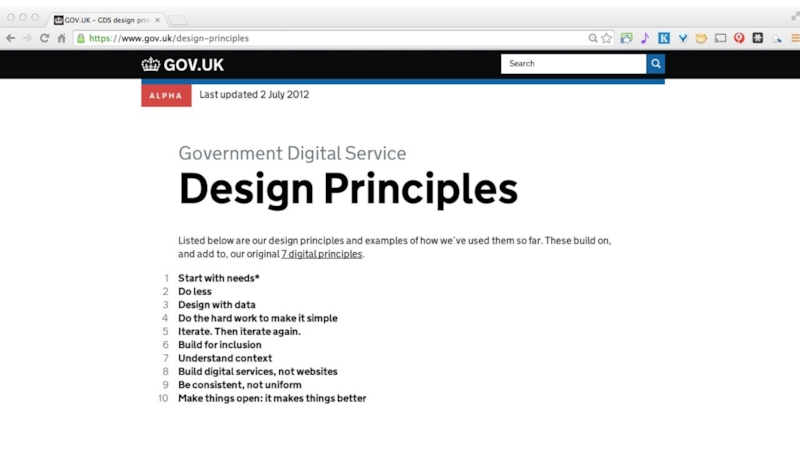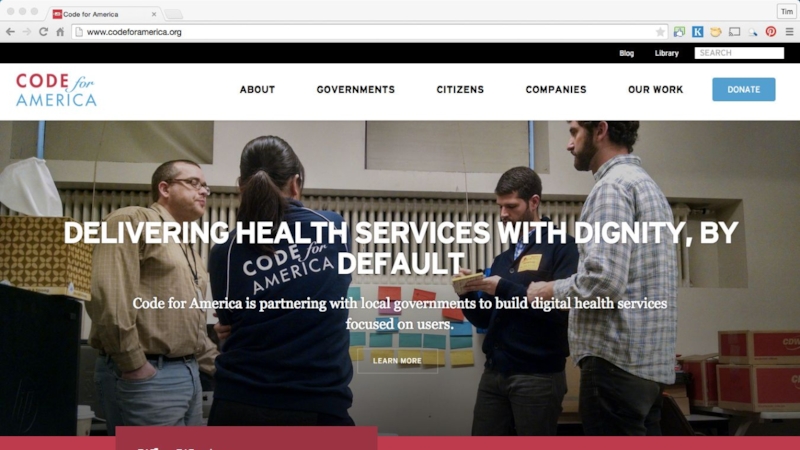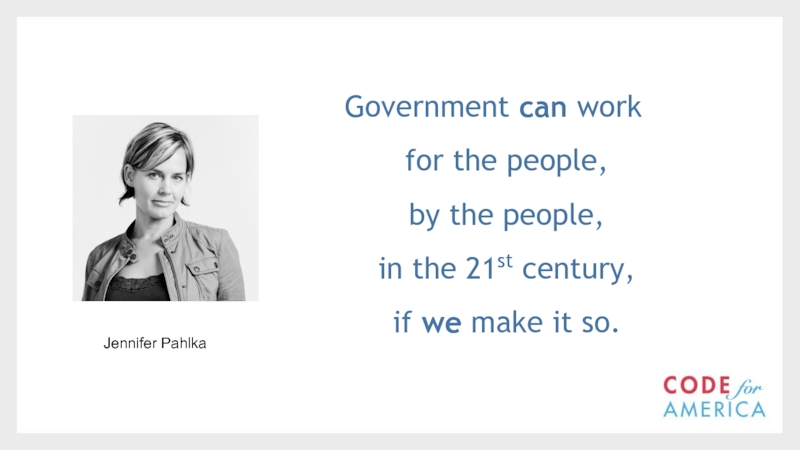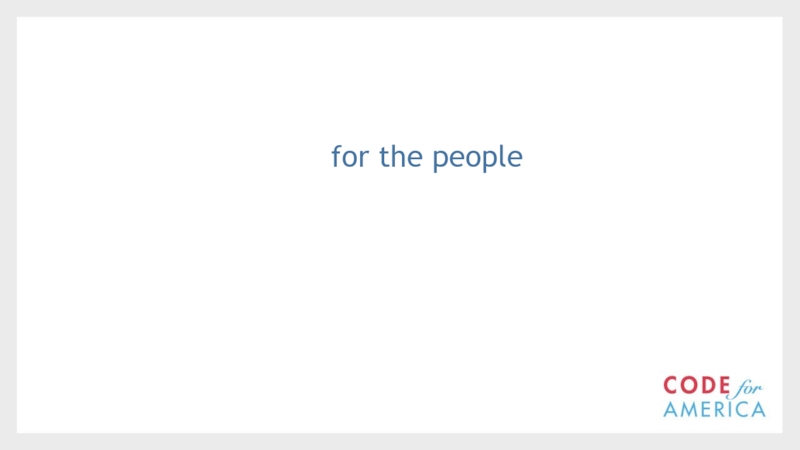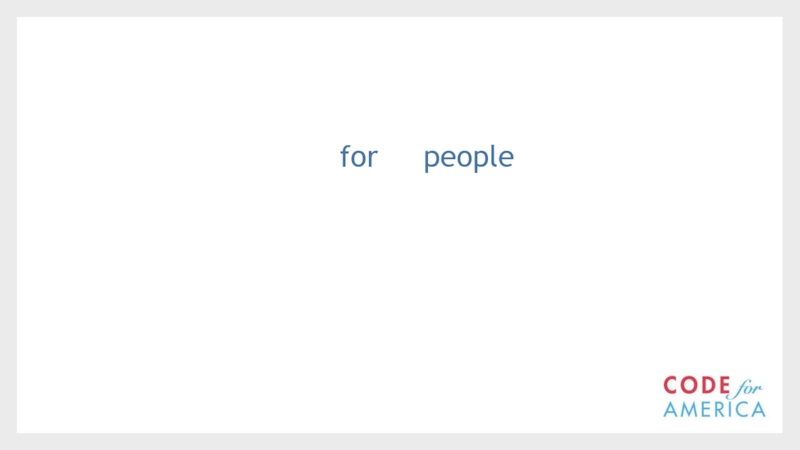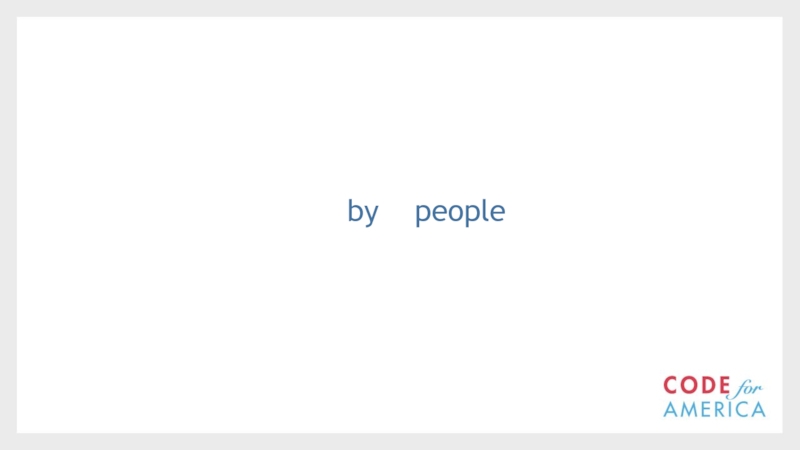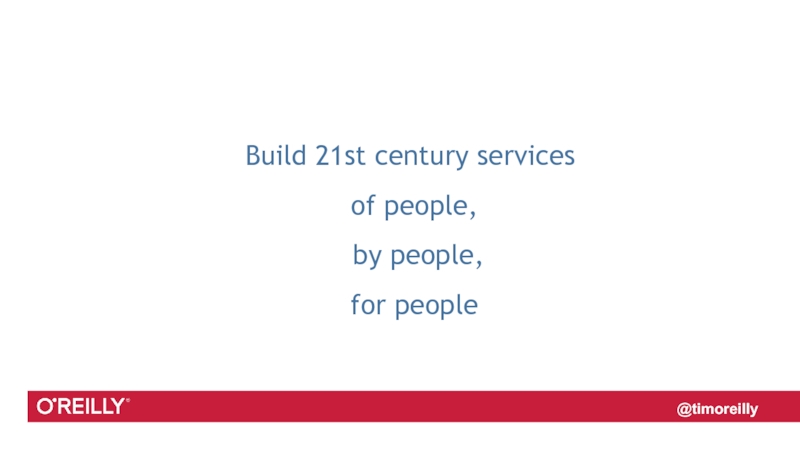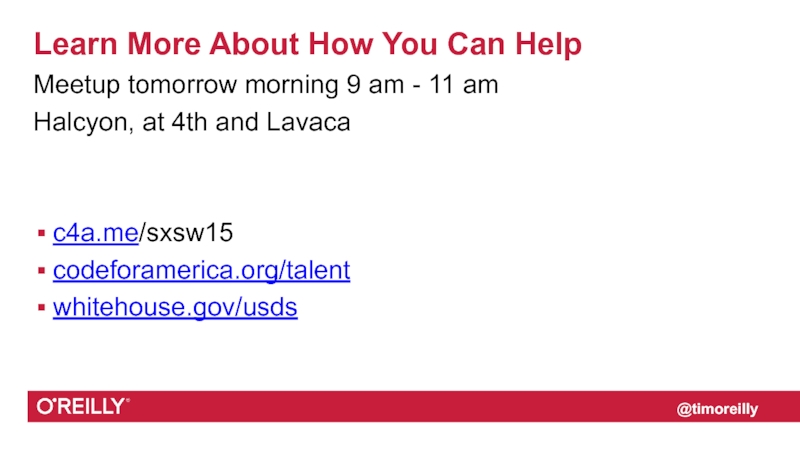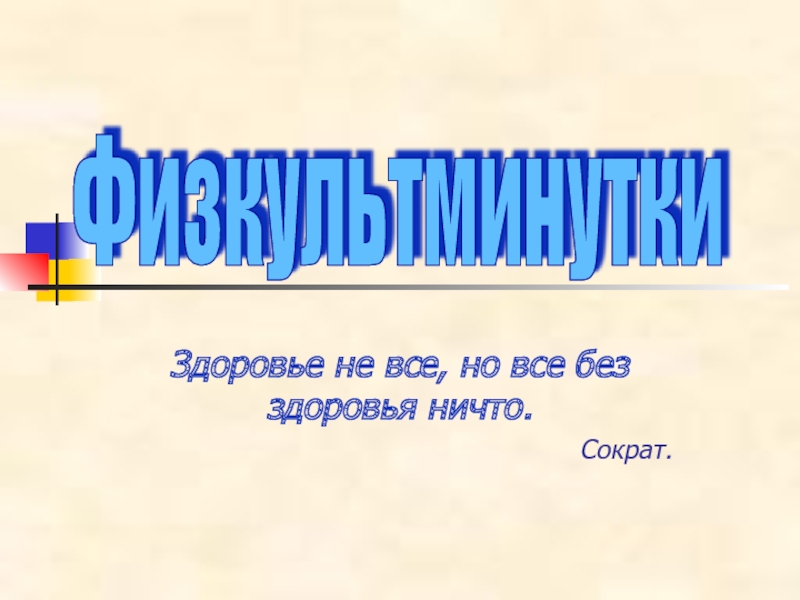Tim O’Reilly
SxSW
March 16, 2015
- Главная
- Разное
- Дизайн
- Бизнес и предпринимательство
- Аналитика
- Образование
- Развлечения
- Красота и здоровье
- Финансы
- Государство
- Путешествия
- Спорт
- Недвижимость
- Армия
- Графика
- Культурология
- Еда и кулинария
- Лингвистика
- Английский язык
- Астрономия
- Алгебра
- Биология
- География
- Детские презентации
- Информатика
- История
- Литература
- Маркетинг
- Математика
- Медицина
- Менеджмент
- Музыка
- МХК
- Немецкий язык
- ОБЖ
- Обществознание
- Окружающий мир
- Педагогика
- Русский язык
- Технология
- Физика
- Философия
- Химия
- Шаблоны, картинки для презентаций
- Экология
- Экономика
- Юриспруденция
By People, For People Reinventing Healthcare to Serve People, Not Institutions презентация
Содержание
- 1. By People, For People Reinventing Healthcare to Serve People, Not Institutions
- 2. @timoreilly “The
- 3. @timoreilly
- 4. @timoreilly
- 5. @timoreilly
- 6. @timoreilly
- 7. @timoreilly The smartphone is
- 8. @timoreilly
- 9. @timoreilly The Apple Store is magical!
- 10. @timoreilly
- 11. @timoreilly @conference @timoreilly
- 12. @timoreilly
- 13. @timoreilly
- 14. @timoreilly Uber and Lyft and Cover are magical!
- 15. @timoreilly
- 16. @timoreilly
- 17. @timoreilly
- 18. @timoreilly Google Now is magical!
- 19. @timoreilly Lesson #1: Use technology to give people super powers
- 20. @timoreilly Our Phones Used to
- 21. @timoreilly An Everyday Modern Superpower
- 22. @timoreilly This is the key
- 23. @timoreilly Lesson #2: Do Less!
- 24. @timoreilly How often have you filled out some version of this form?
- 25. @timoreilly 20th Century Vital Sign Monitoring
- 26. @timoreilly Lesson #3: Do More!
- 27. @timoreilly
- 28. @timoreilly
- 29. @timoreilly WTF?!
- 30. @timoreilly Look At Everything Uber
- 31. @timoreilly How a Doctor’s Visit
- 32. @timoreilly
- 33. @timoreilly Lesson #4:
- 34. @timoreilly “Why be distracted into
- 35. @timoreilly Data At the Heart
- 36. @timoreilly Many of these data services are not run by Uber
- 37. @timoreilly Something about state of interoperability
- 38. @timoreilly Lesson #5: Measure and Respond
- 39. @timoreilly The Lean Startup
- 40. @timoreilly Minimum Viable Product
- 41. @timoreilly We’ve taken
- 42. Text @timoreilly “Only
- 43. Text @timoreilly “Half
- 44. @timoreilly Lesson #6: These
- 45. @timoreilly @conference @timoreilly
- 46. @timoreilly
- 47. @timoreilly
- 48. @timoreilly
- 49. @timoreilly “We know about all these
- 50. @timoreilly
- 51. @timoreilly
- 52. @timoreilly
- 53. #VelocityConf @VelocityConf @timoreilly @conference @timoreilly
- 54. @timoreilly
- 55. @timoreilly Are New Ways of Organizing People
- 56. @timoreilly 23andMe
- 57. @timoreilly PatientsLikeMe
- 58. @timoreilly “Uber is a $3.5
- 59. @timoreilly That’s
- 60. @timoreilly Adding Digital To The Way the World Works Now
- 61. @timoreilly Lesson #7: Rethink Workflows and Experiences!
- 65. @timoreilly
- 66. @timoreilly Learning from Failure
- 68. @timoreilly Rescuing healthcare.gov A team of engineers.
- 69. @timoreilly 17 hour days 100 days
- 72. @timoreilly
- 73. @timoreilly “…one privilege the insured and
- 74. @timoreilly
- 75. @timoreilly
- 76. @timoreilly
- 77. @timoreilly “User needs. An empathetic
- 80. [CLEAN]
- 85. @timoreilly “Unboxing” MediCal Alan Williams
- 86. @timoreilly MediCal Unboxing
- 87. @timoreilly
- 88. @timoreilly
- 89. @timoreilly
- 90. @timoreilly
- 91. @timoreilly
- 92. @timoreilly
- 93. @timoreilly
- 94. @timoreilly
- 95. @timoreilly
- 96. @timoreilly
- 98. @timoreilly
- 100. @timoreilly The Failure Funnel
- 101. @timoreilly GDS
- 102. What we are going to cover today
- 103. @timoreilly Government can work
- 104. @timoreilly for the people
- 105. @timoreilly for people
- 106. by people
- 107. @timoreilly Build 21st century
- 108. @timoreilly Learn More About How
Слайд 1#SxSW @timoreilly
By People, For People
Reinventing Healthcare to Serve People, Not
Institutions
Слайд 2 @timoreilly
“The skill of writing is to create a
context in which other people can think.”
-Edwin Schlossberg
-Edwin Schlossberg
Слайд 10
@timoreilly
“Any sufficiently advanced technology is indistinguishable from magic.”
Arthur C.
Clarke
Слайд 22 @timoreilly
This is the key question
How do we use the
capabilities of our devices
to build better human experiences?
to build better human experiences?
Слайд 30 @timoreilly
Look At Everything Uber Does For Me
Lets me call
a car from anywhere
Automatically tells available drivers where I am
Lets me know how long it will be till my car arrives
Lets me contact the driver by text or voice - anonymously
Lets me pay without having to pull out my wallet
Gives me a detailed receipt showing exactly where I went and how long it took - which lets me complain if the driver didn’t go the optimal route (and Uber gives refunds)
Lets me rate my driver, and uses that rating to manage the quality of service
Automatically tells available drivers where I am
Lets me know how long it will be till my car arrives
Lets me contact the driver by text or voice - anonymously
Lets me pay without having to pull out my wallet
Gives me a detailed receipt showing exactly where I went and how long it took - which lets me complain if the driver didn’t go the optimal route (and Uber gives refunds)
Lets me rate my driver, and uses that rating to manage the quality of service
Слайд 31 @timoreilly
How a Doctor’s Visit Ought to Work
Phone detected on
entry to office, hospital, or ER
Insurance automatically checked
Medical history automatically loaded into system
Vitals and other quantified self info automatically loaded
Data automatically used to sort queue and give wait times
If ER, possible discharge to available nearby outpatient clinic or doctor’s office
Portable medical record updated as patient exits
(Aside: We also need payment reform!!!)
Lets me rate my experience, and uses that rating to manage the quality of service
Insurance automatically checked
Medical history automatically loaded into system
Vitals and other quantified self info automatically loaded
Data automatically used to sort queue and give wait times
If ER, possible discharge to available nearby outpatient clinic or doctor’s office
Portable medical record updated as patient exits
(Aside: We also need payment reform!!!)
Lets me rate my experience, and uses that rating to manage the quality of service
Слайд 34 @timoreilly
“Why be distracted into looking backwards by the commodity
cloners of open source?...There is a new frontier, where software "collectives" are being built with ad hoc protocols and with clustered devices. Robotics and automation of all sorts is exposing a demand for sophisticated new ways of thinking....Useful software written above the level of the single device will command high margins for a long time to come.”
- Dave Stutz, On Leaving Microsoft, February 2003
http://www.synthesist.net/writing/onleavingms.html
- Dave Stutz, On Leaving Microsoft, February 2003
http://www.synthesist.net/writing/onleavingms.html
Слайд 35 @timoreilly
Data At the Heart of the Uber System
Real-time location
tracking
Dispatch
Trip tracking
Names and faces
Payment
Dynamic Pricing
Reputation
Dispatch
Trip tracking
Names and faces
Payment
Dynamic Pricing
Reputation
Passenger
Driver
Слайд 40 @timoreilly
Minimum Viable Product
“that version of a new product
which allows a team to collect the maximum amount of validated learning about customers with the least effort.”
- Eric Ries
- Eric Ries
Слайд 41 @timoreilly
We’ve taken this for granted in web applications. But
now, with Internet of Things applications powered by big data back ends, Lean Startup principles apply to every real world service!
Слайд 42Text
@timoreilly
“Only 1% of healthcare spend now goes to diagnosis.
We need to shift from the idea that you do diagnosis at the start, followed by treatment, to a cycle of diagnosis, treatment, diagnosis...as we explore what works.”
-Pascale Witz, GE Medical Diagnostics
-Pascale Witz, GE Medical Diagnostics
Слайд 43Text
@timoreilly
“Half the money I spend on advertising is wasted;
the trouble is I don't know which half.”
- John Wanamaker (1838-1922)
- John Wanamaker (1838-1922)
Слайд 49@timoreilly
“We know about all these new technologies. What we don’t know
is how to organize ourselves to use them effectively.”
- An IT executive at Fidelity, during Q&A
after a talk I gave there in 2008
- An IT executive at Fidelity, during Q&A
after a talk I gave there in 2008
Слайд 58 @timoreilly
“Uber is a $3.5 billion lesson in building for
how the world *should* work instead of optimizing for how the world *does* work” - Aaron Levie of Box.net
Слайд 68@timoreilly
Rescuing healthcare.gov
A team of engineers. They came in and worked tech
wizardry, right?
Maybe some of that, but a lot of the work was debugging the communications failures that led the contractors to build software components that didn’t work together.
Maybe some of that, but a lot of the work was debugging the communications failures that led the contractors to build software components that didn’t work together.
Слайд 69@timoreilly
17 hour days
100 days straight
Standup meetings focused on why people weren’t
able to keep the promises they’d made to each other
Mikey Dickerson
Google Site Reliability Engineer
Mikey Dickerson
Слайд 73@timoreilly
“…one privilege the insured and well-off have is to excuse the
terrible quality of services the government routinely delivers to the poor. Too often, the press ignores — or simply never knows — the pain and trouble of interfacing with government bureaucracies that the poor struggle with daily.”
— Ezra Klein
— Ezra Klein
Слайд 77@timoreilly
“User needs. An empathetic service would ground itself in the concrete
needs of concrete people. It’s not about innovation, big data, government-as-a-platform, transparency, crowd-funding, open data, or civic tech. It’s about people. Learning to prioritize people and their needs will be a long slog. It’s the kind of change that happens slowly, one person at a time. But we should start.”
Слайд 85@timoreilly
“Unboxing” MediCal
Alan Williams
2012 Startup engineer
2013 Code for America Fellow
2014 On Food
Stamps and MediCal
Слайд 102What we are going to cover today
Header 1
Header 2
Bullet 1
Blah blah
blah
Bullet 2
Blah blah blah
Bullet 3
Blah blah blah
Bullet 2
Blah blah blah
Bullet 3
Blah blah blah
Слайд 103 @timoreilly
Government can work
for the people,
by the people,
in the
21st century,
if we make it so.
Jennifer Pahlka
Слайд 108 @timoreilly
Learn More About How You Can Help
Meetup tomorrow morning
9 am - 11 am
Halcyon, at 4th and Lavaca
c4a.me/sxsw15
codeforamerica.org/talent
whitehouse.gov/usds
Halcyon, at 4th and Lavaca
c4a.me/sxsw15
codeforamerica.org/talent
whitehouse.gov/usds
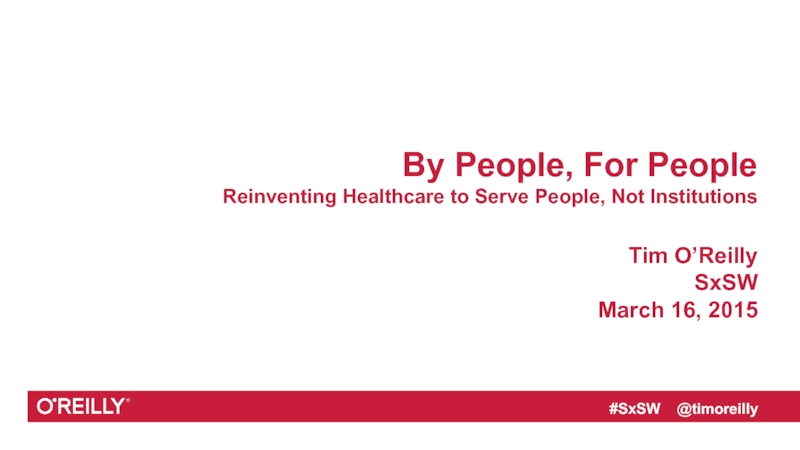
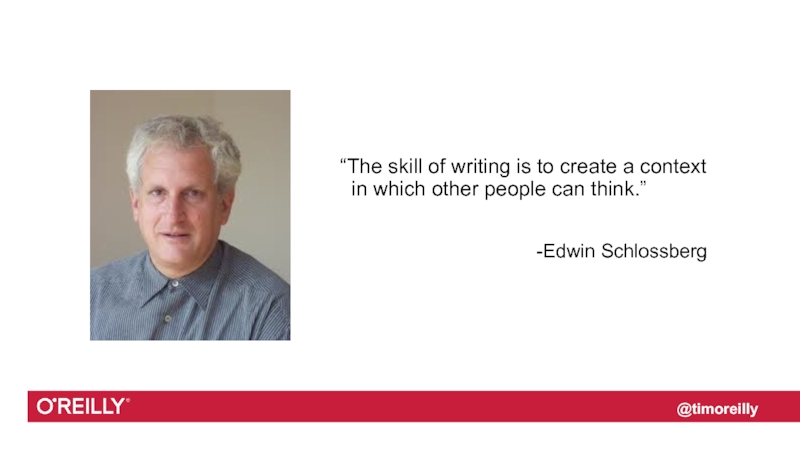
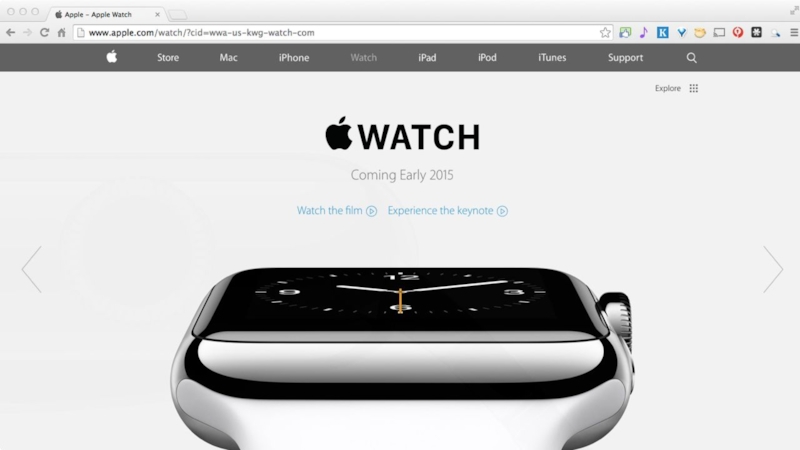
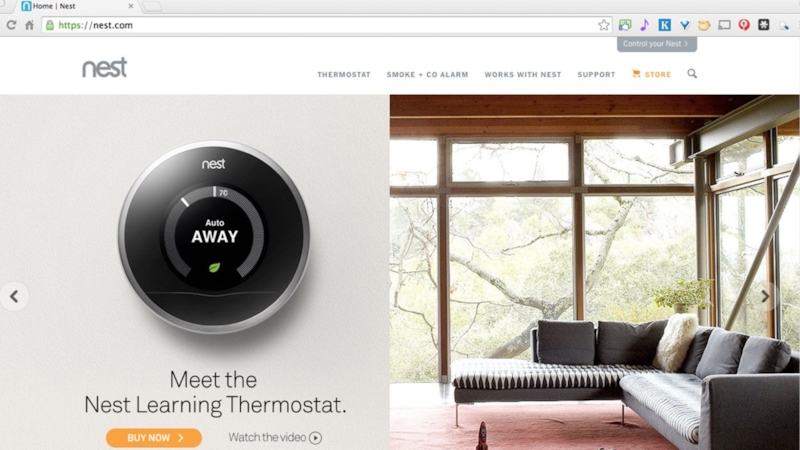
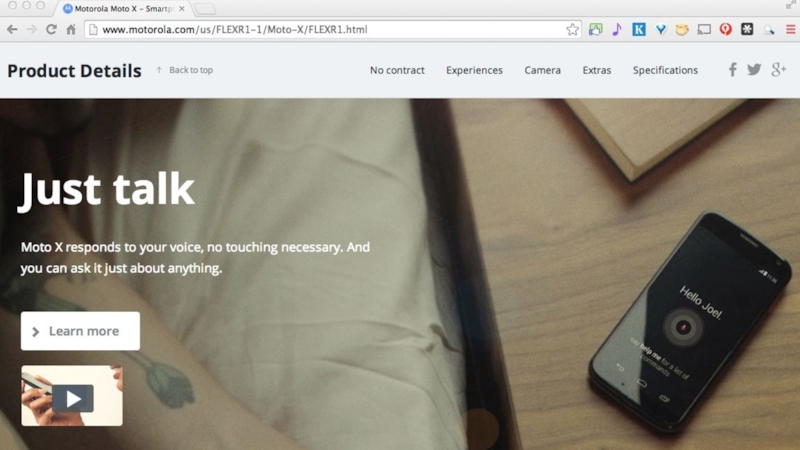
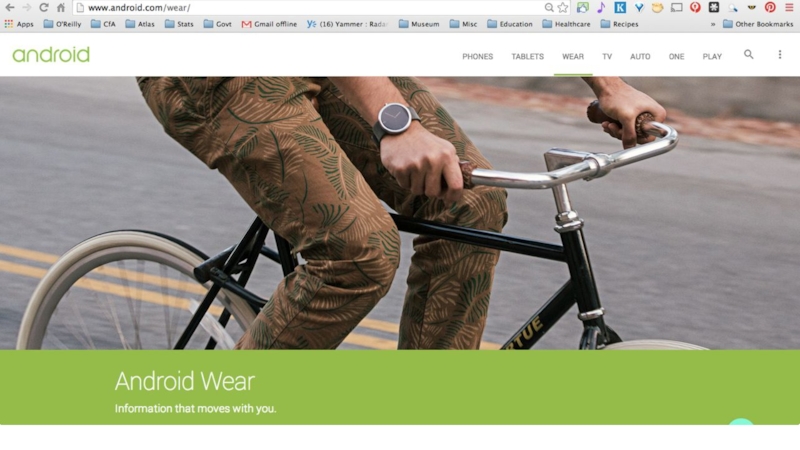
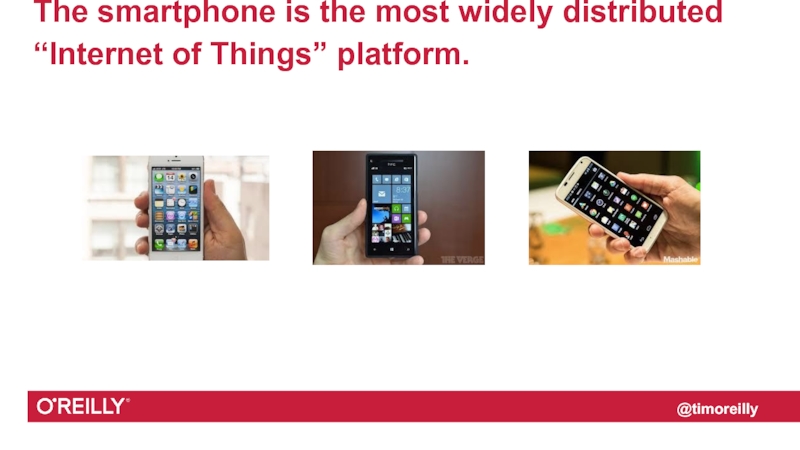
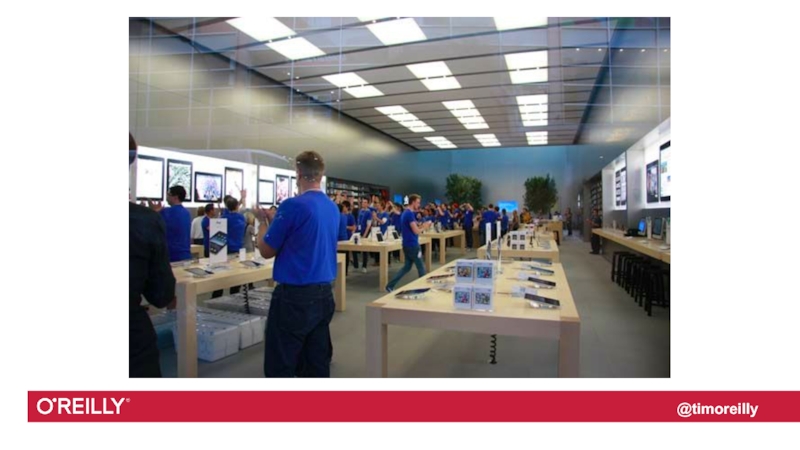
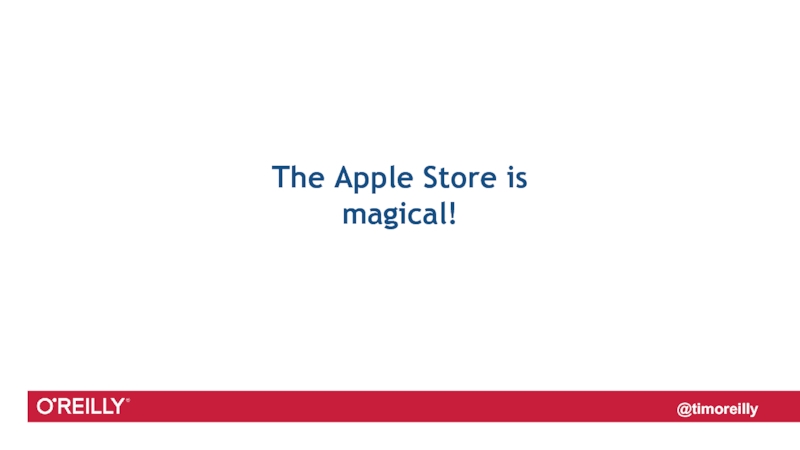
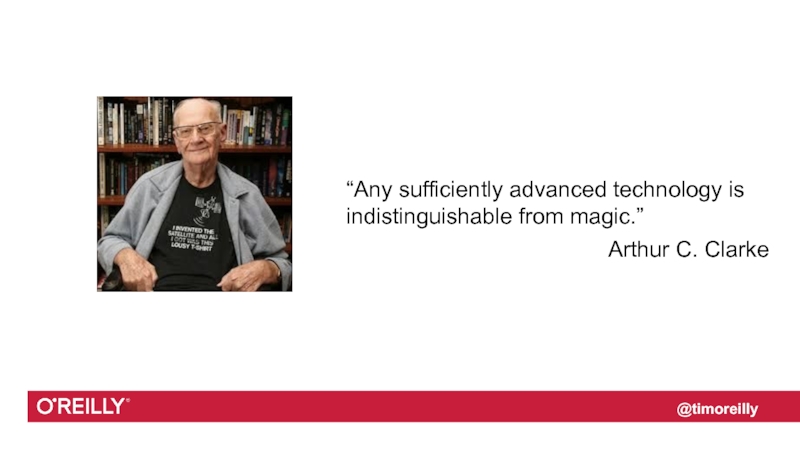
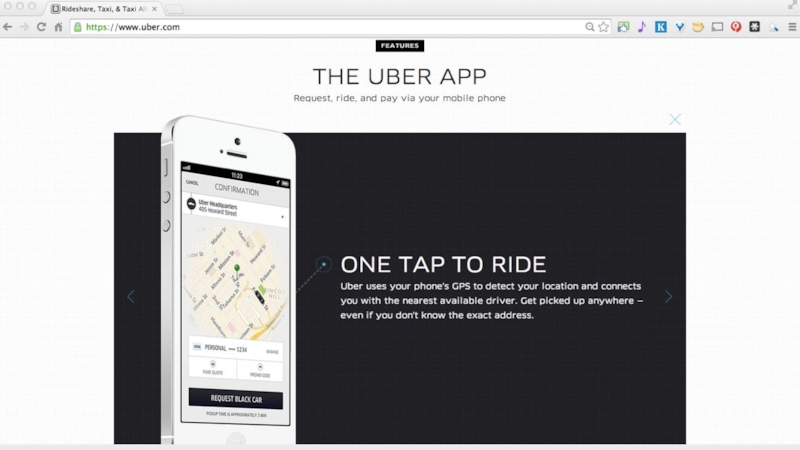
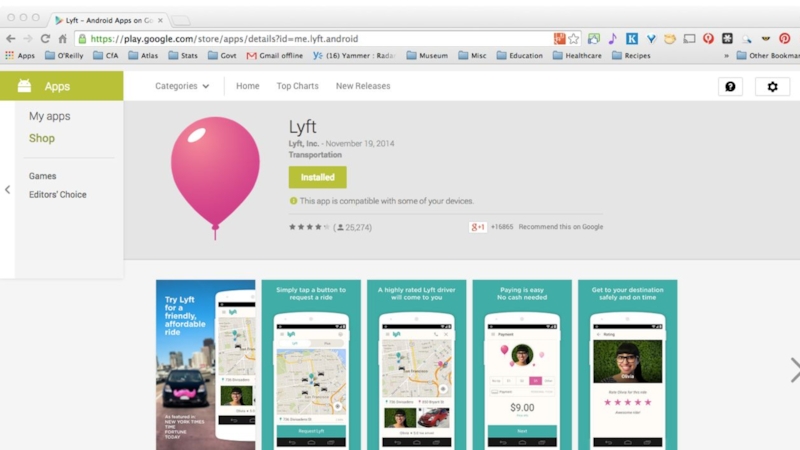
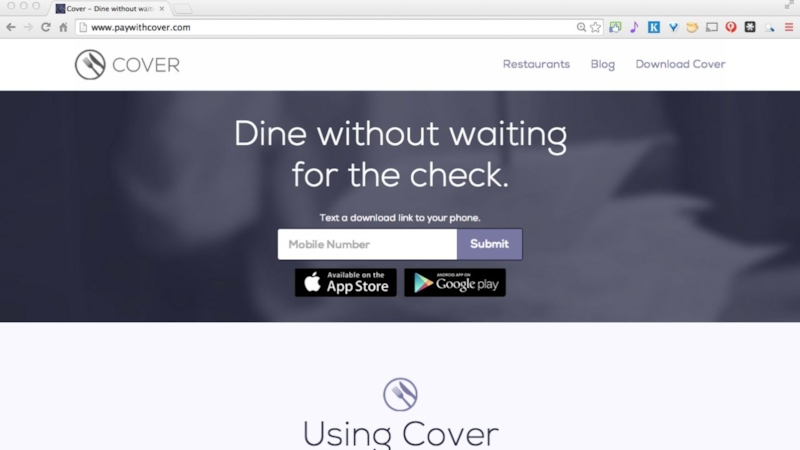
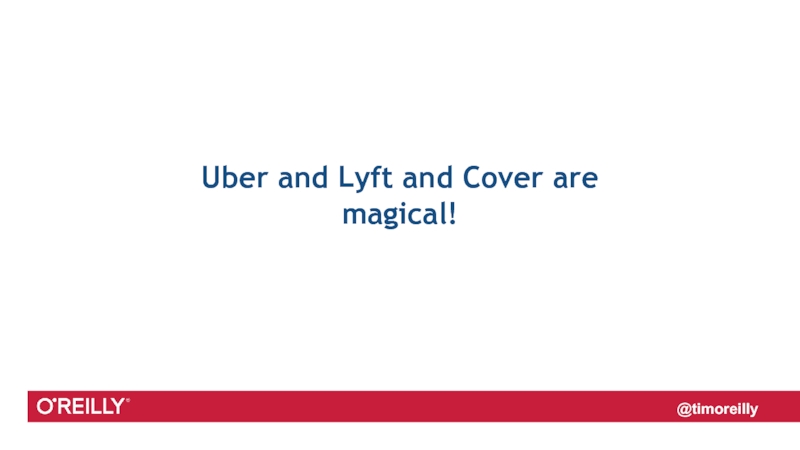
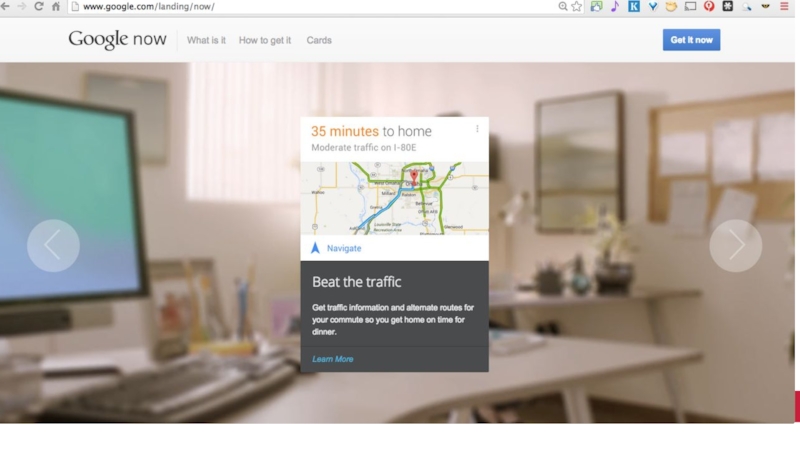

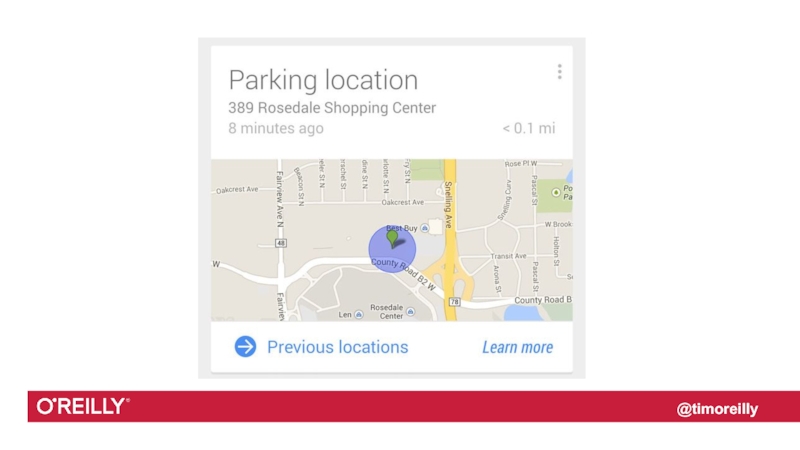
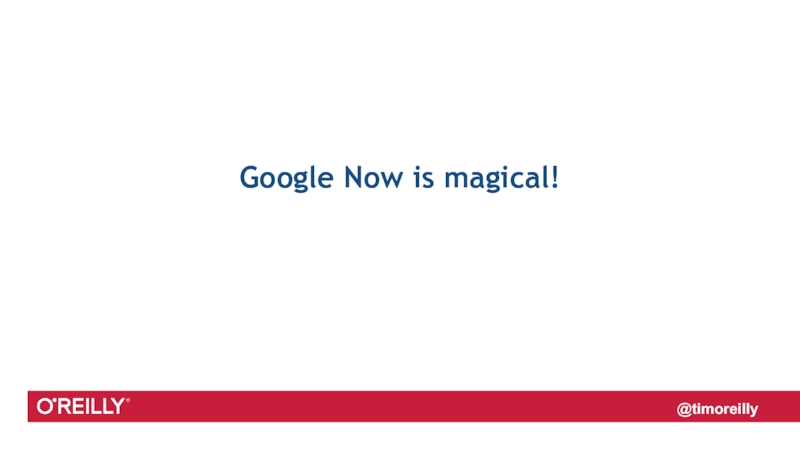
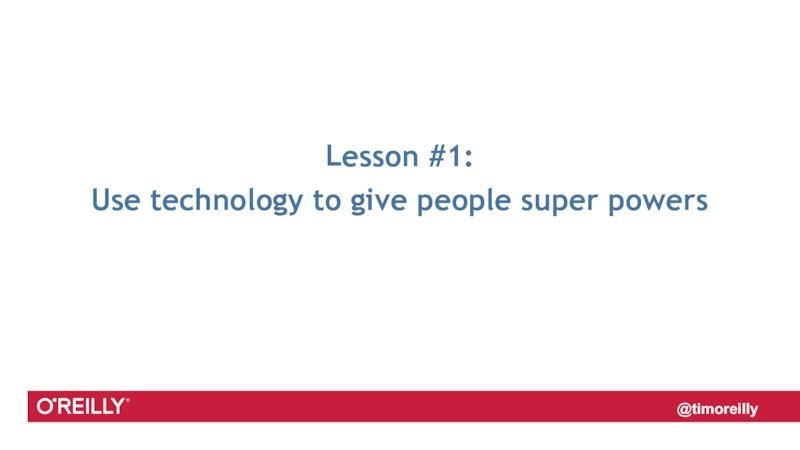
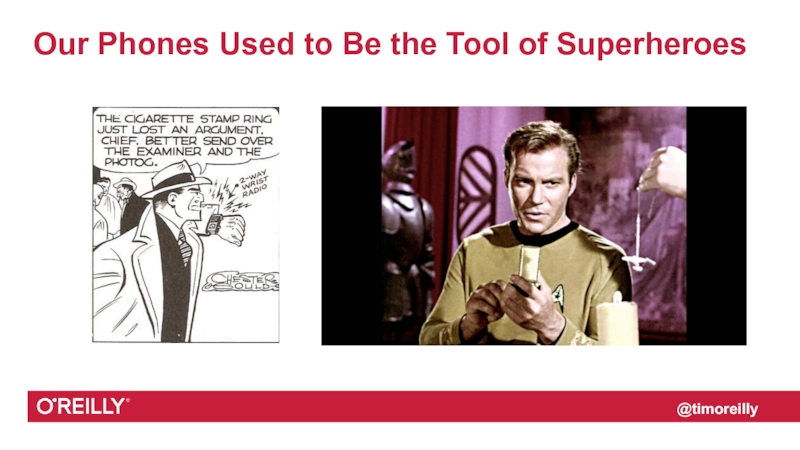
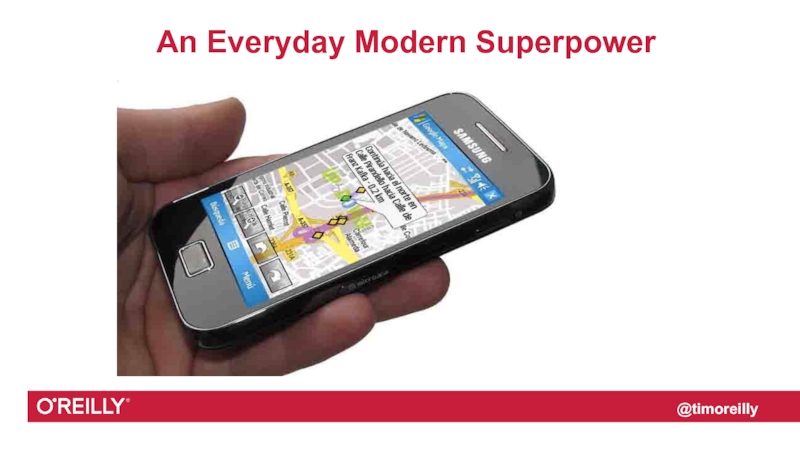
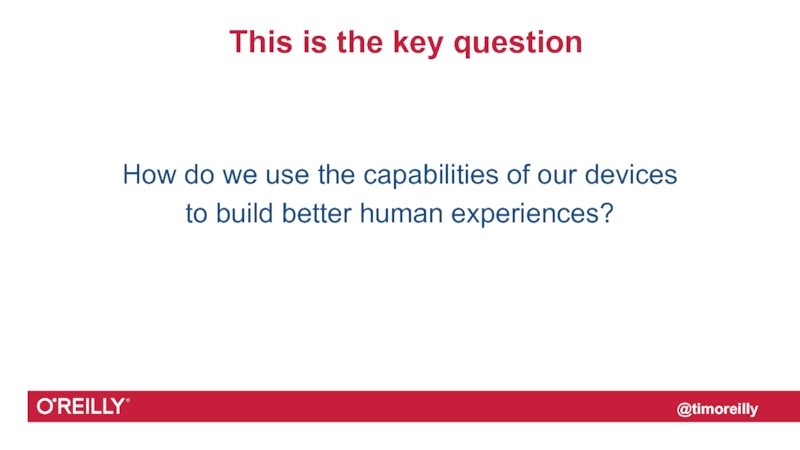
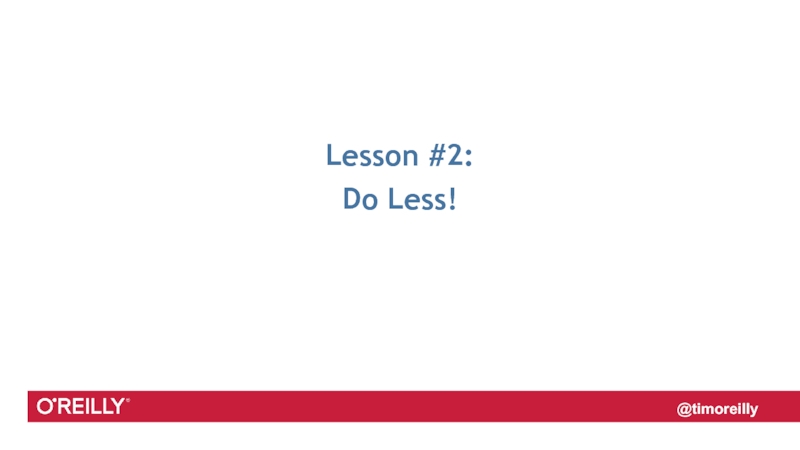
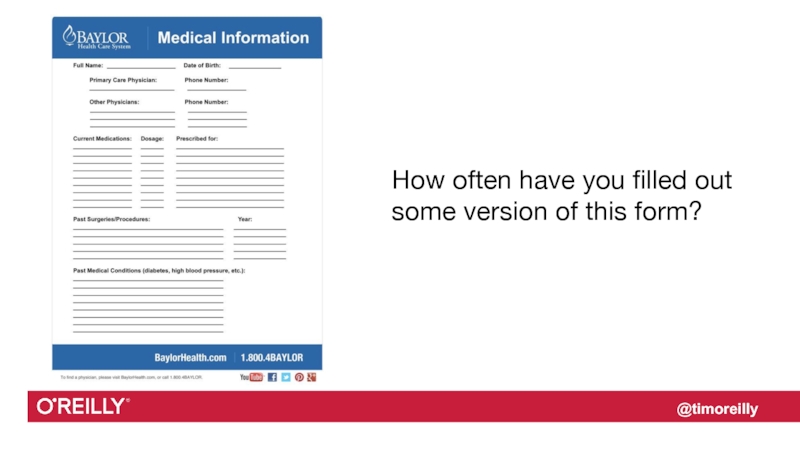
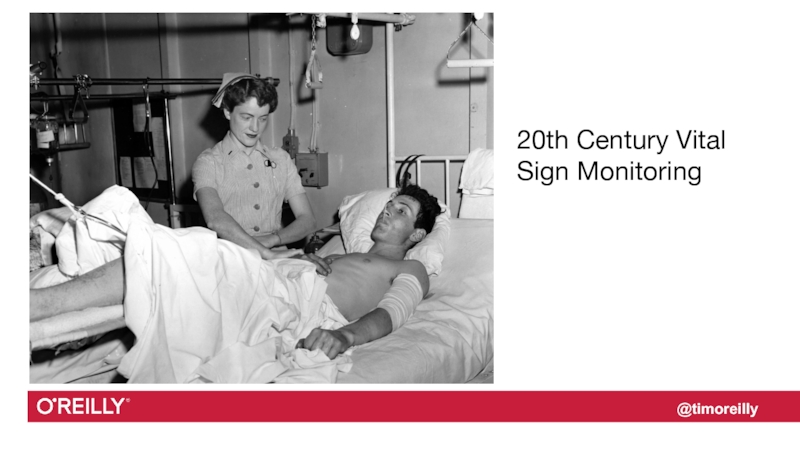
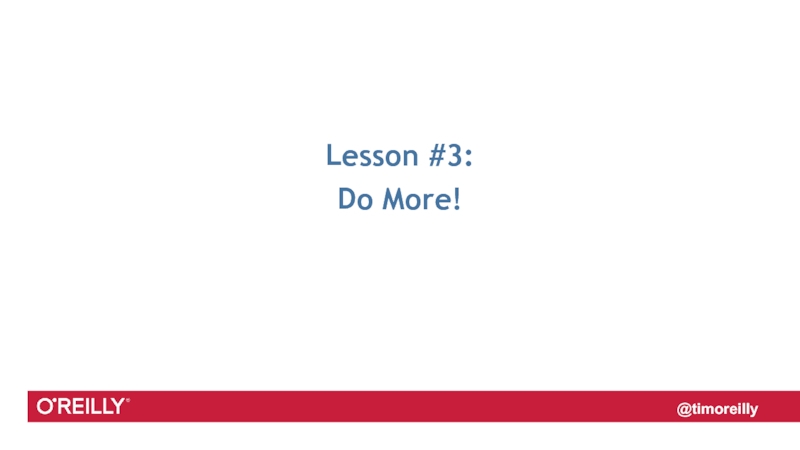
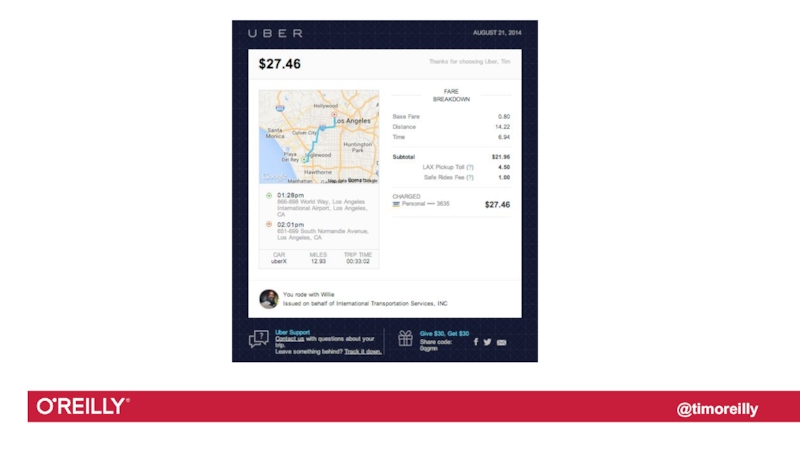
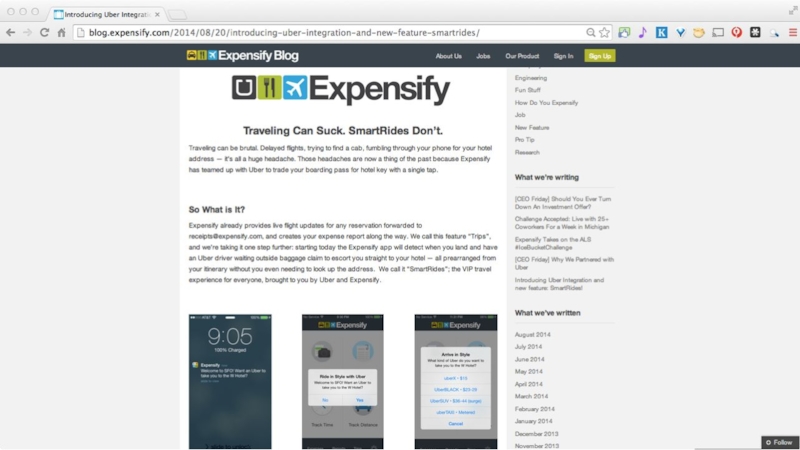
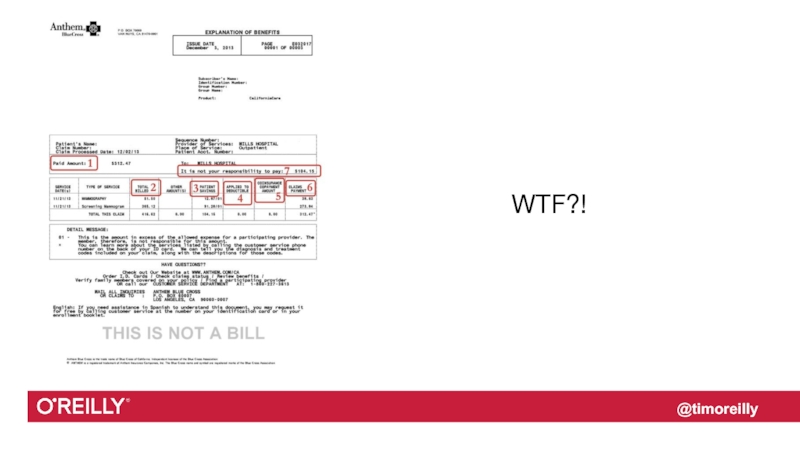
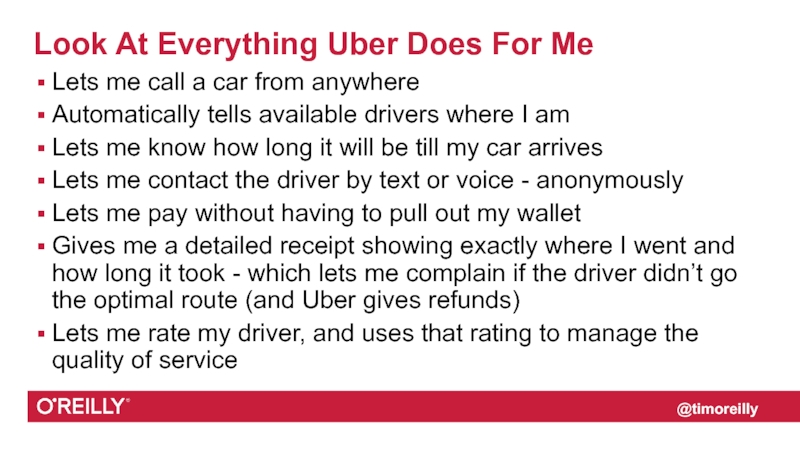
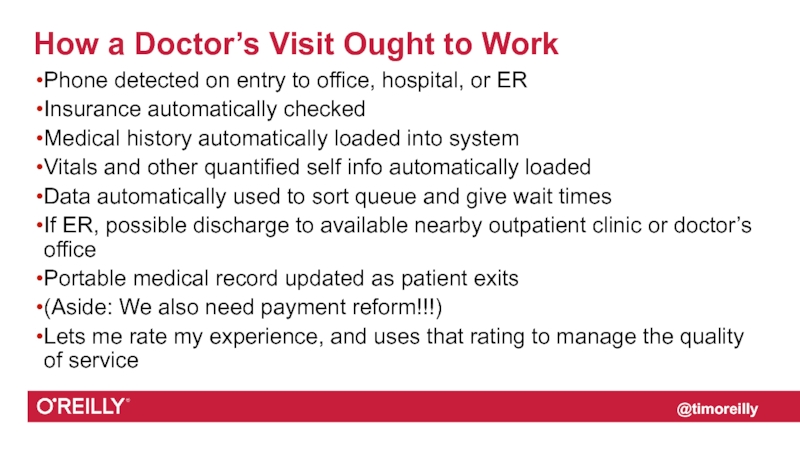
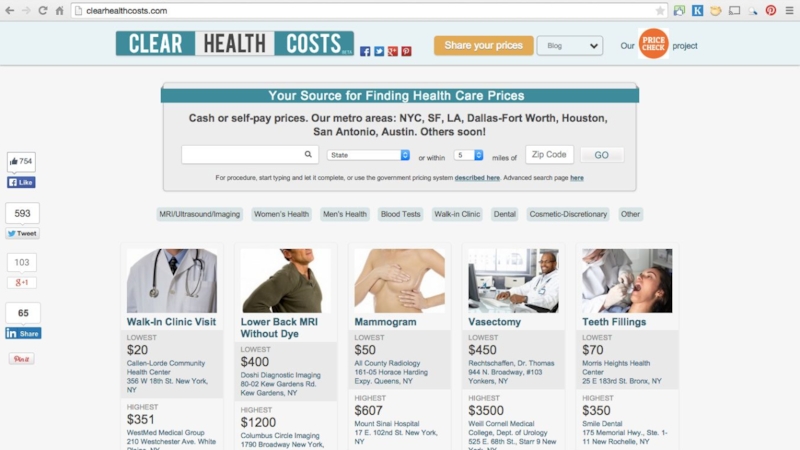
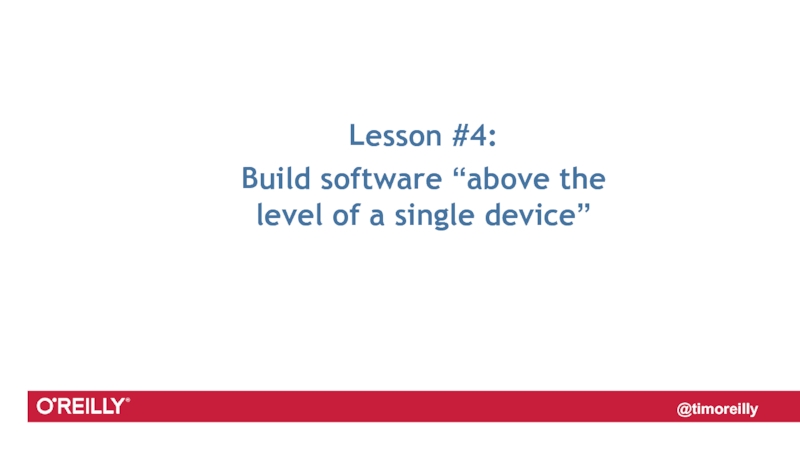
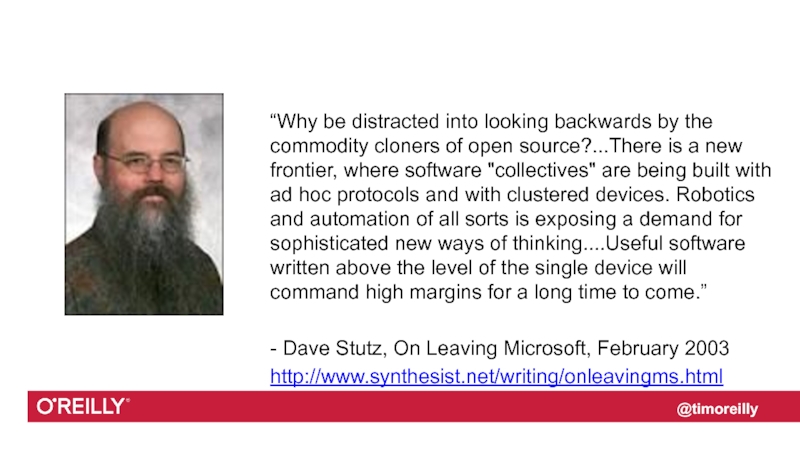
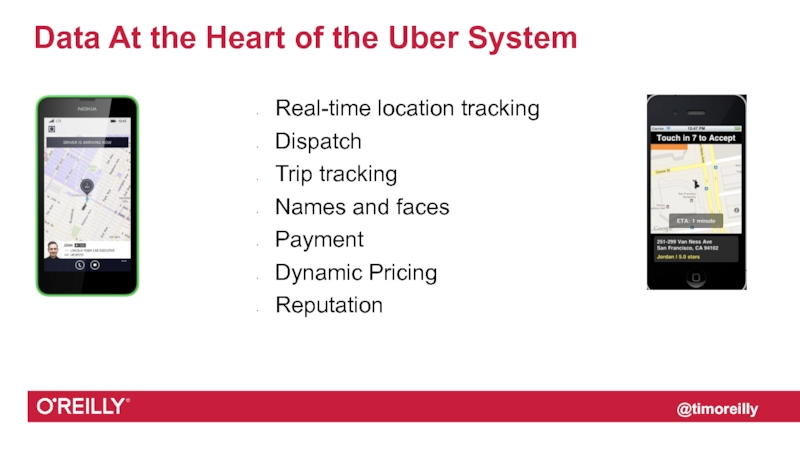
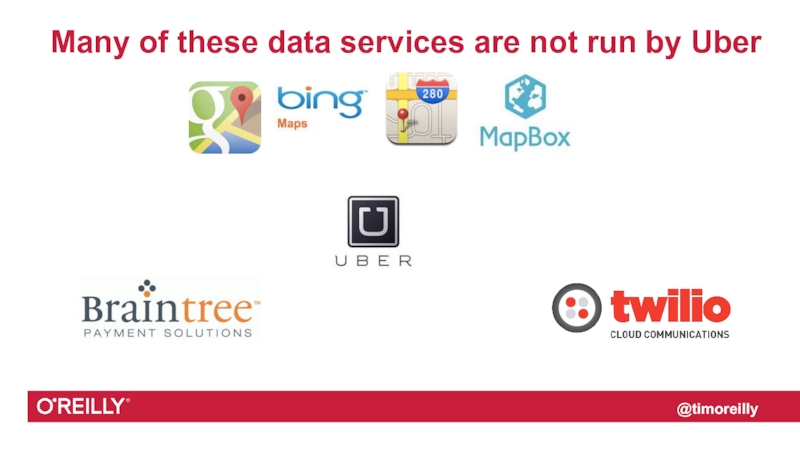
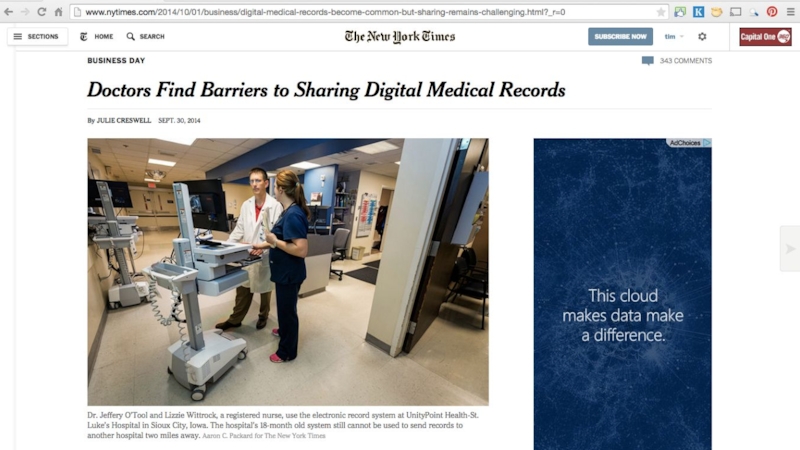
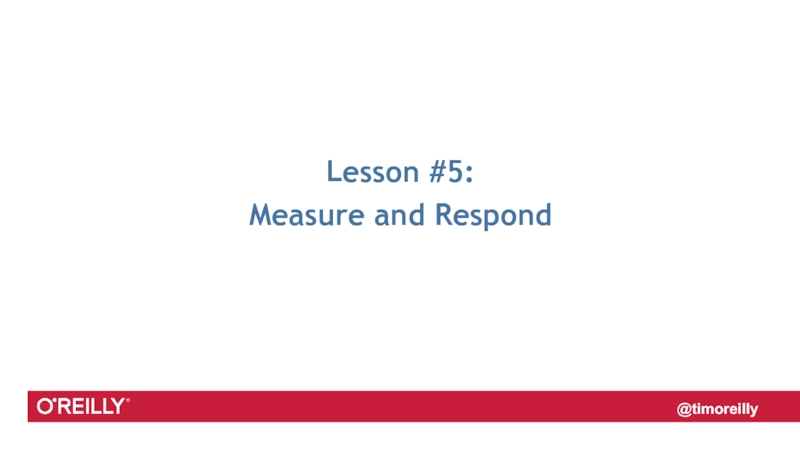
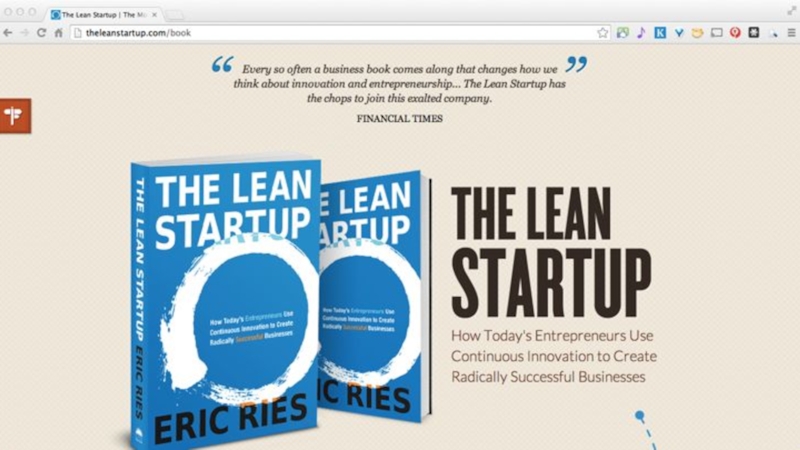
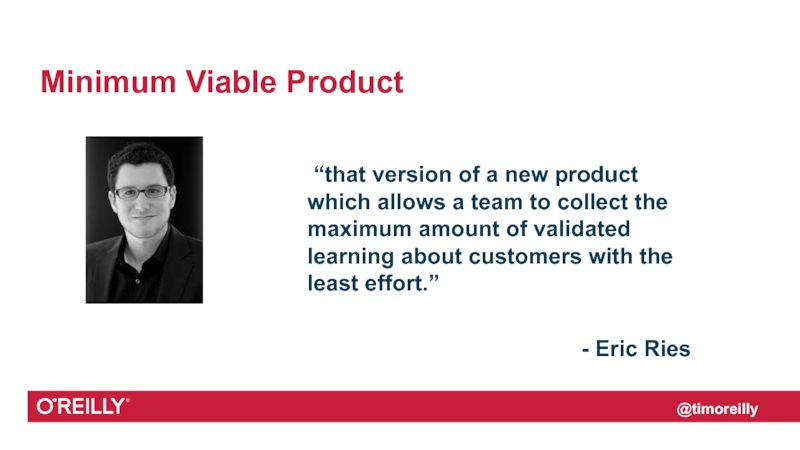
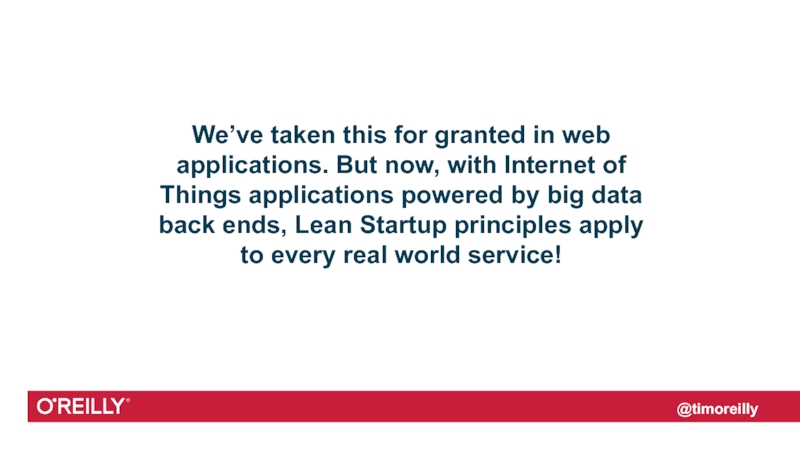
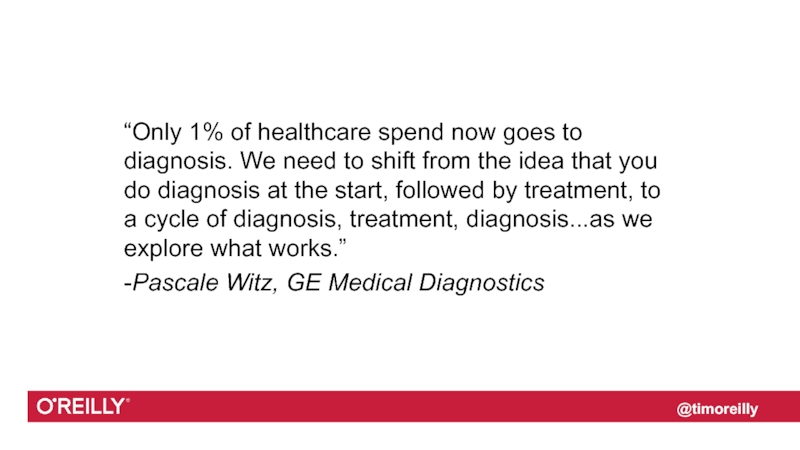
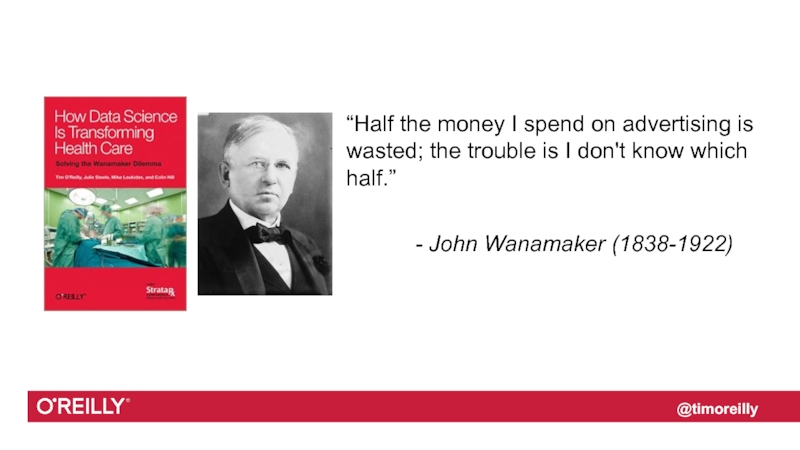

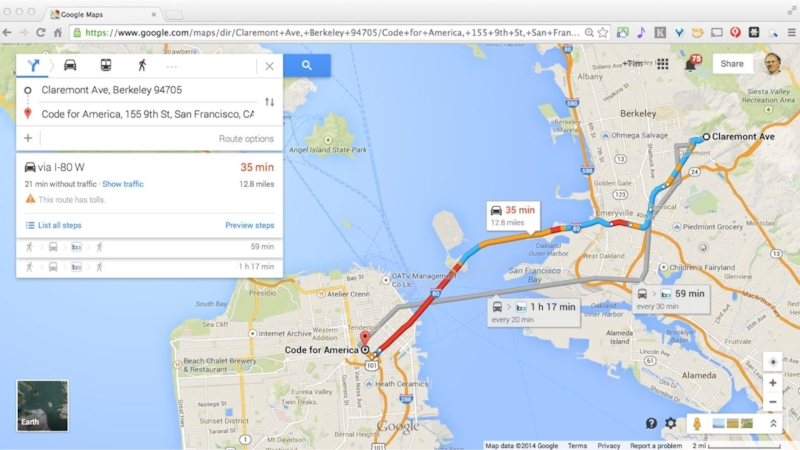
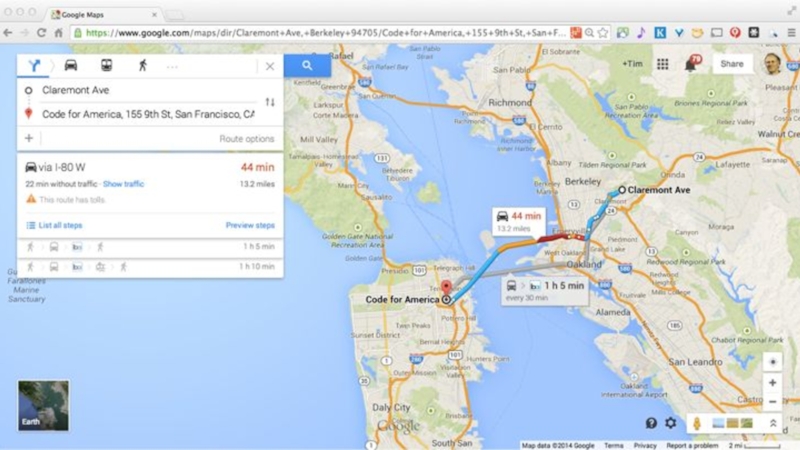
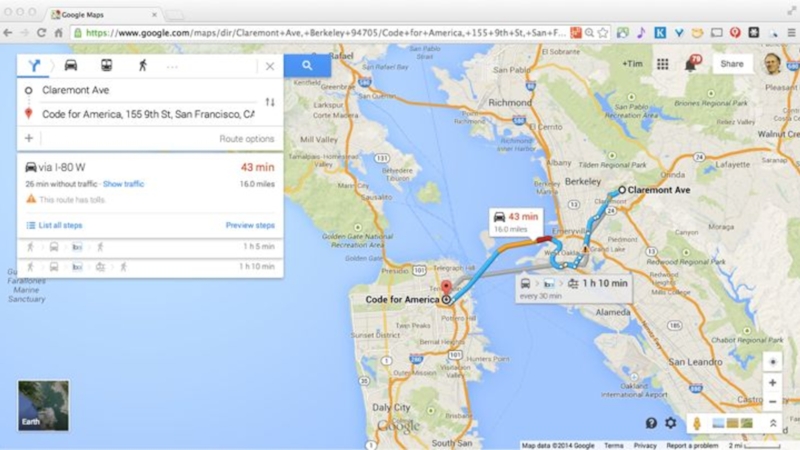
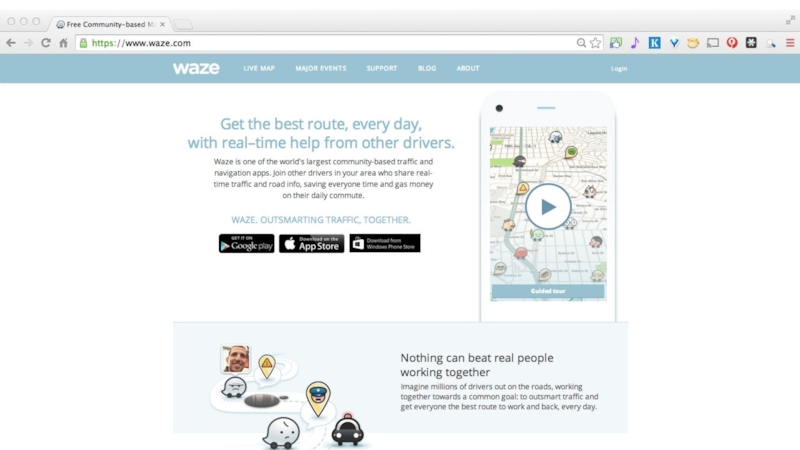
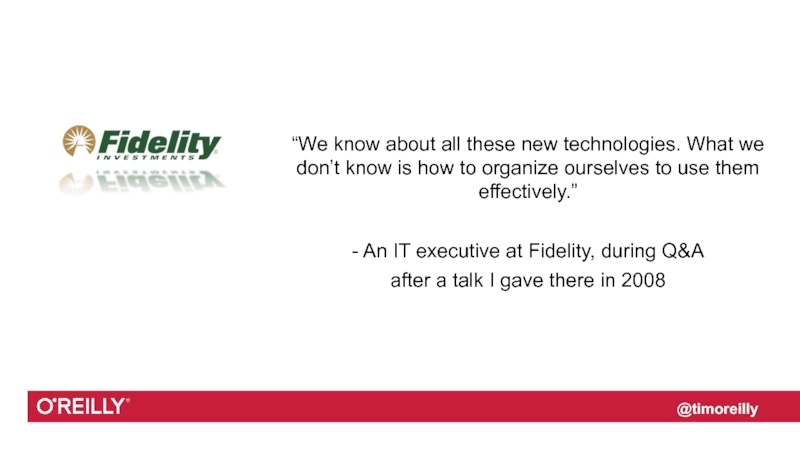
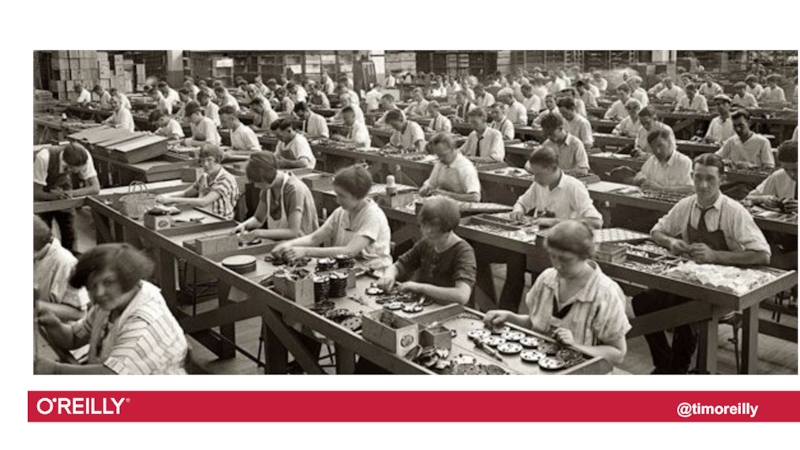
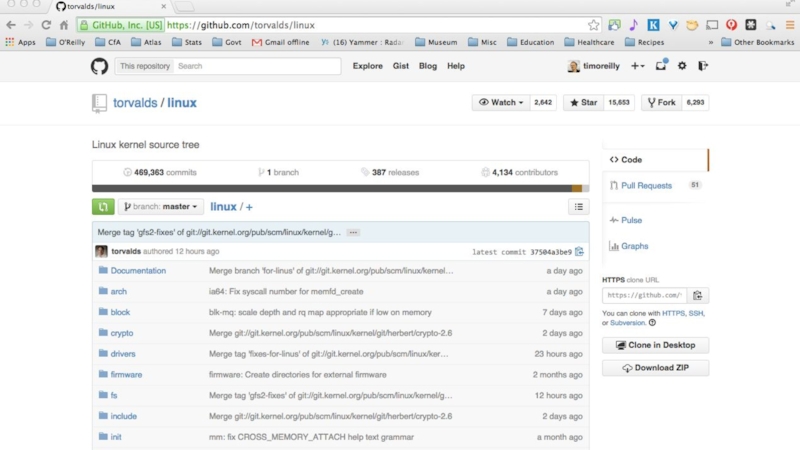
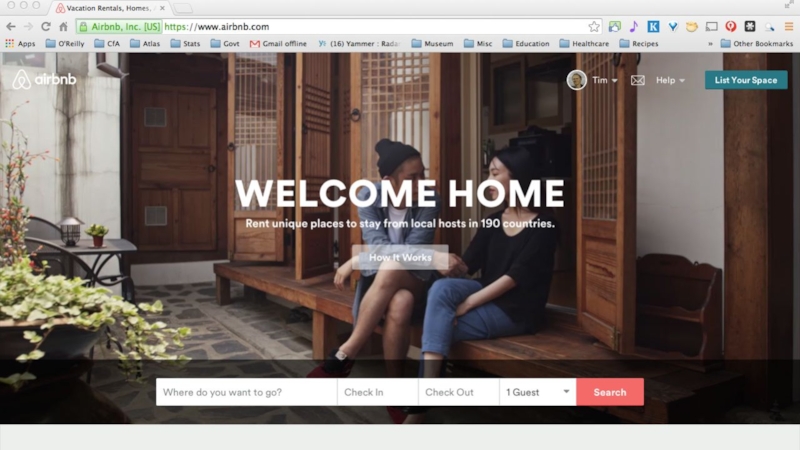
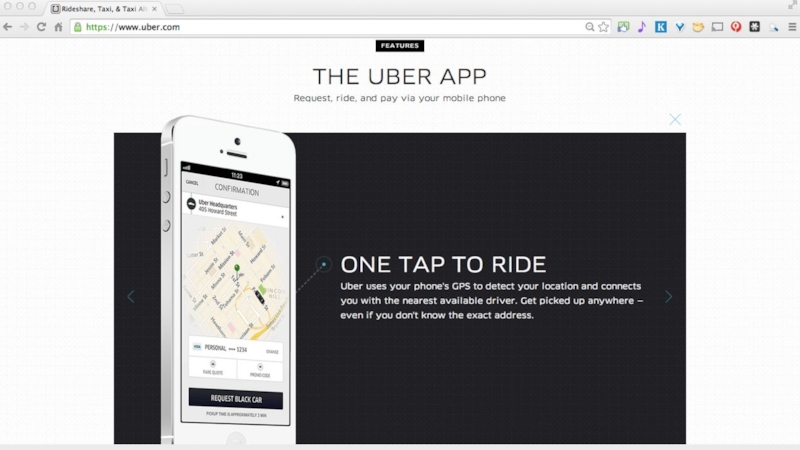
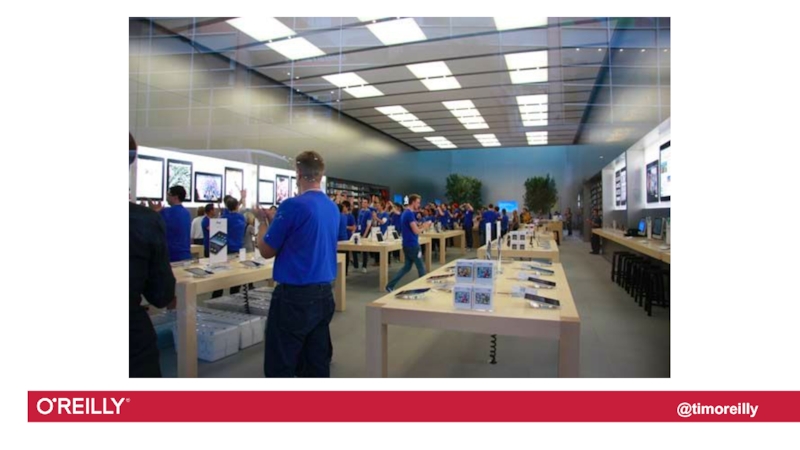
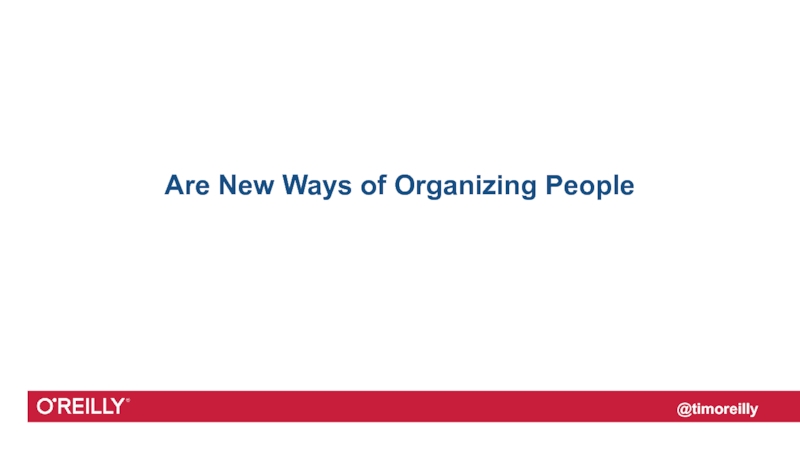
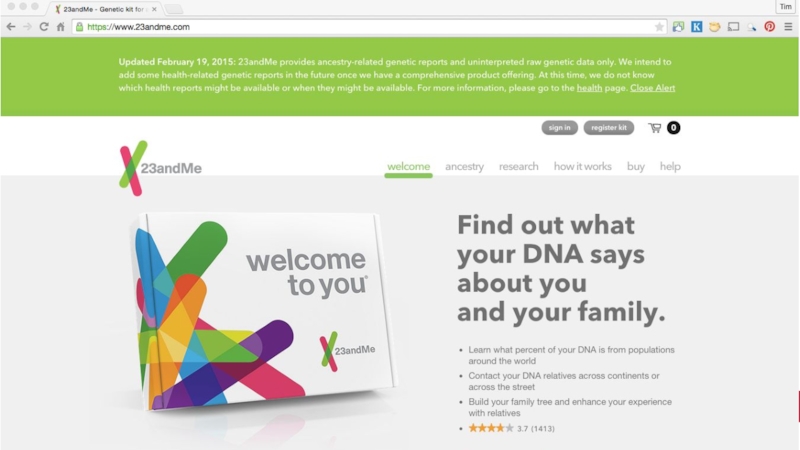
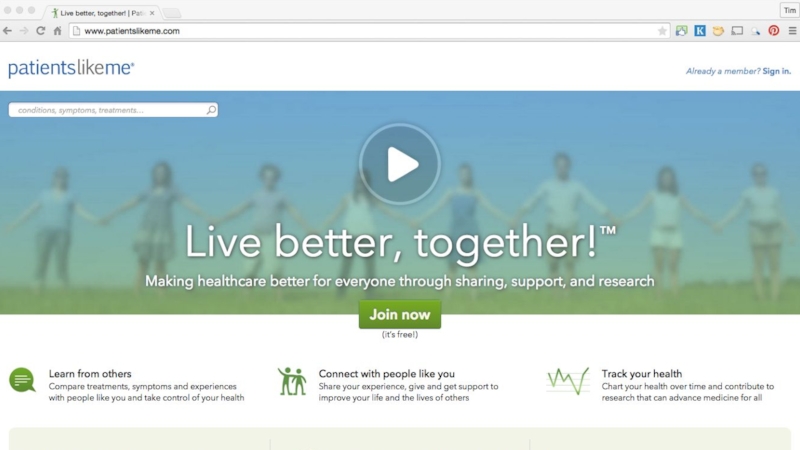
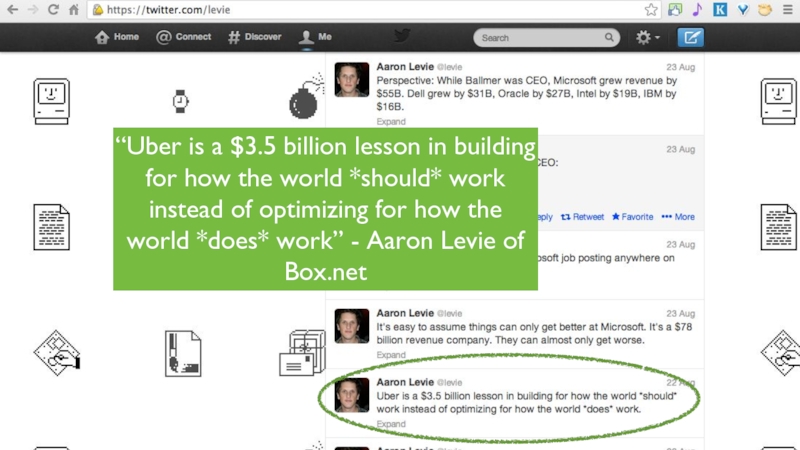
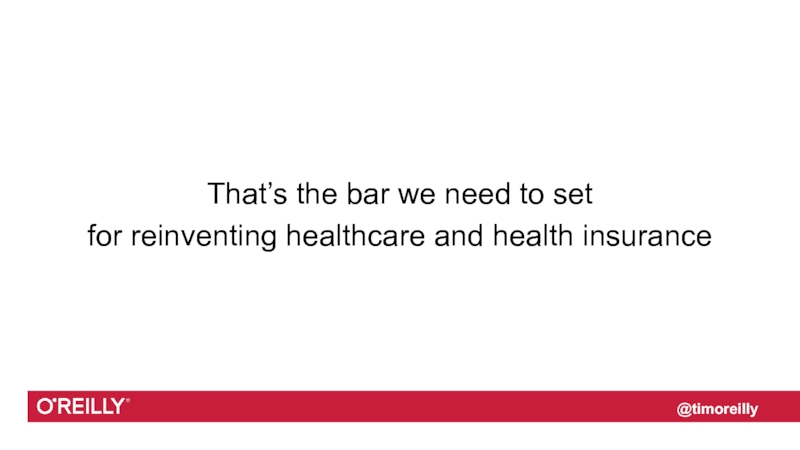
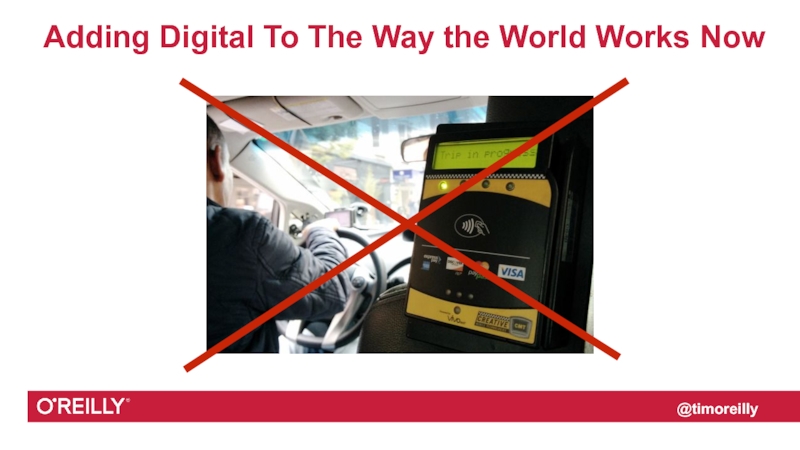
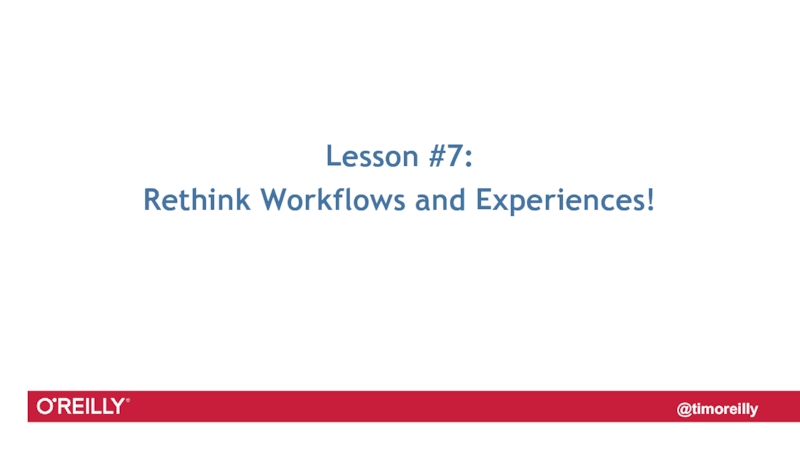
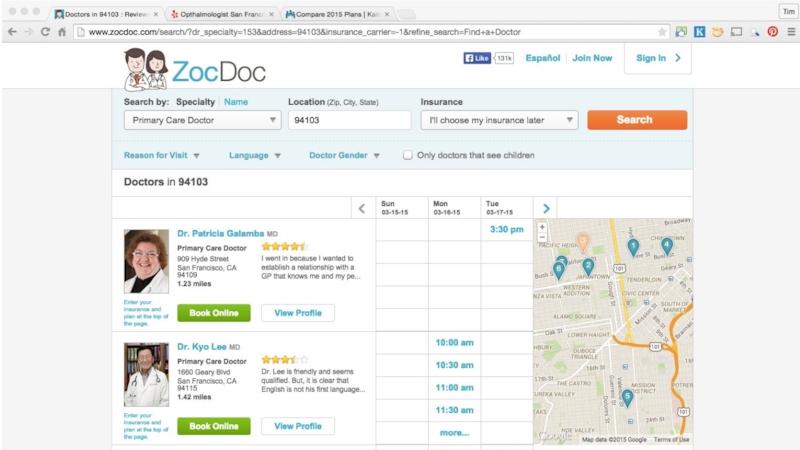
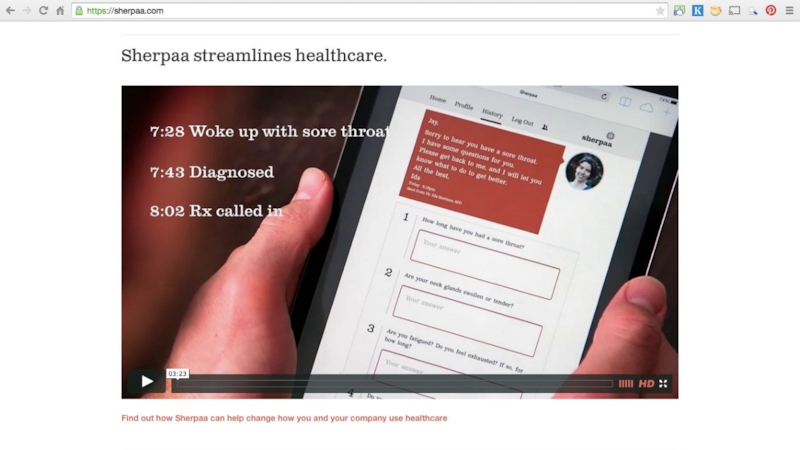
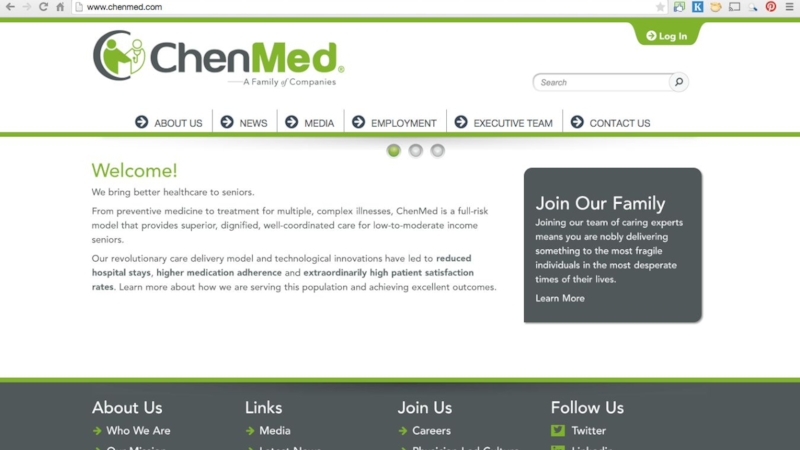
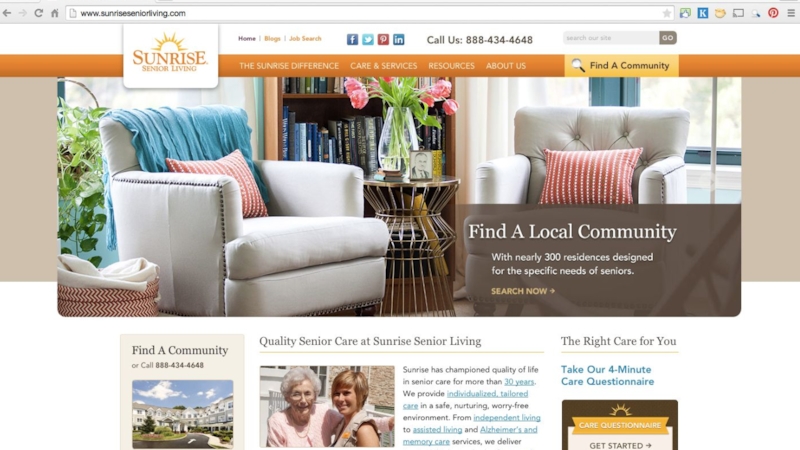
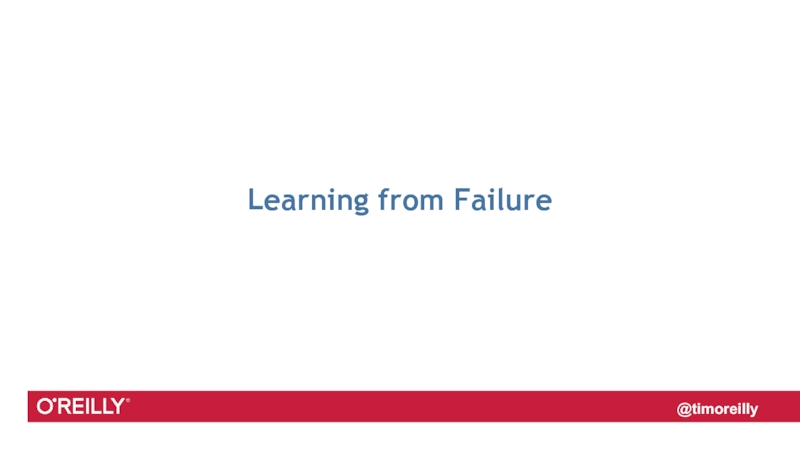
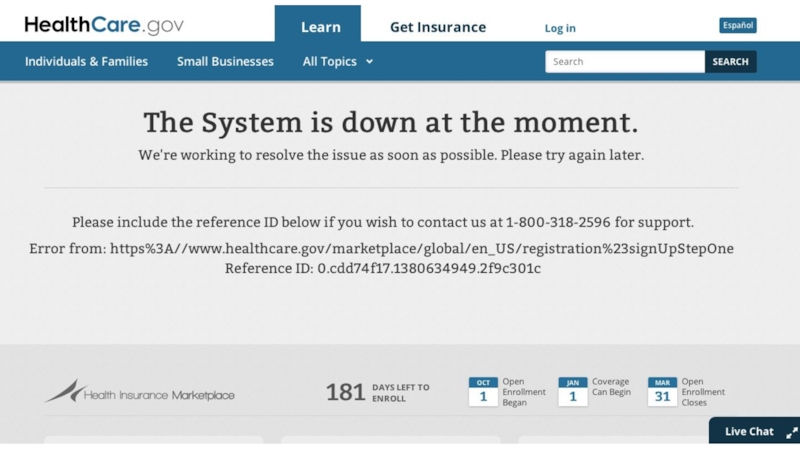
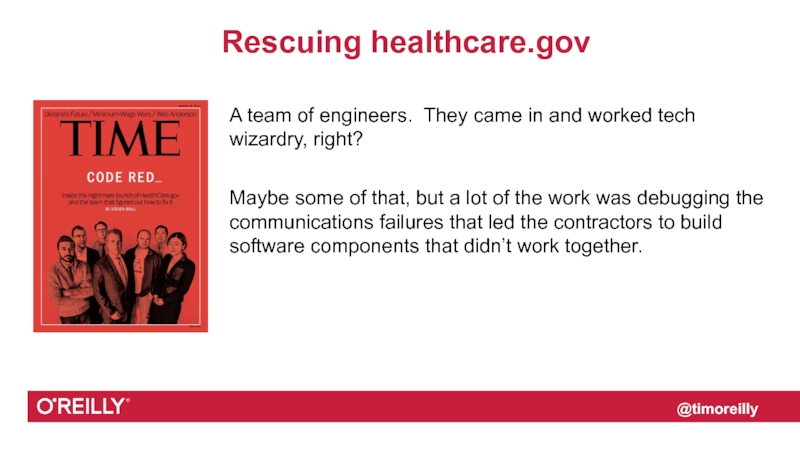
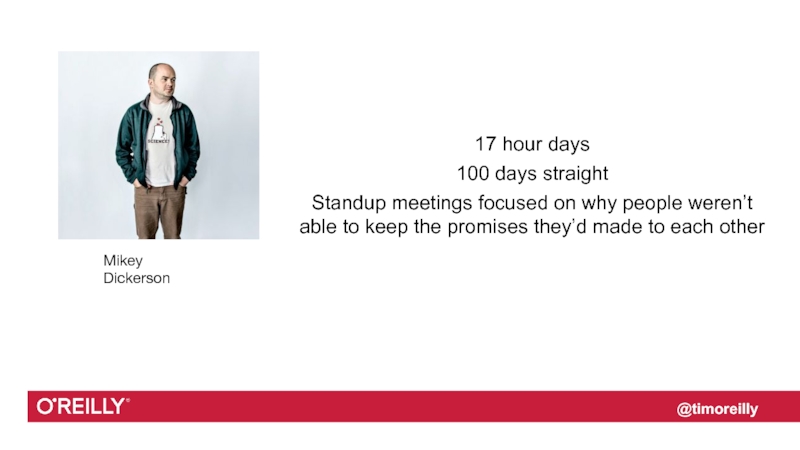
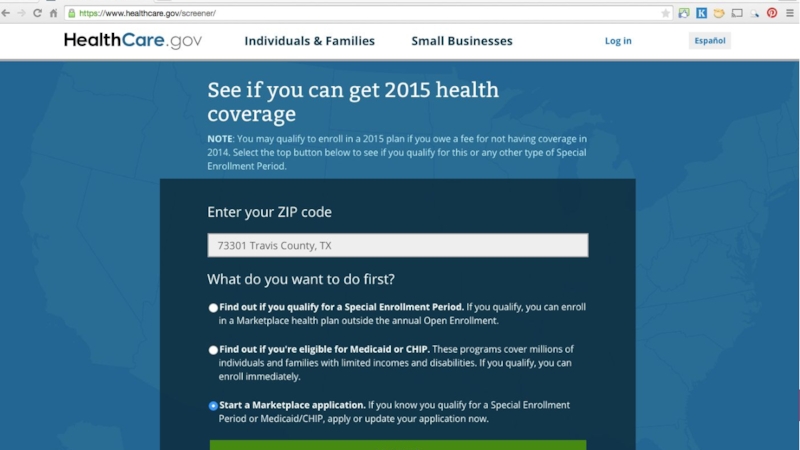
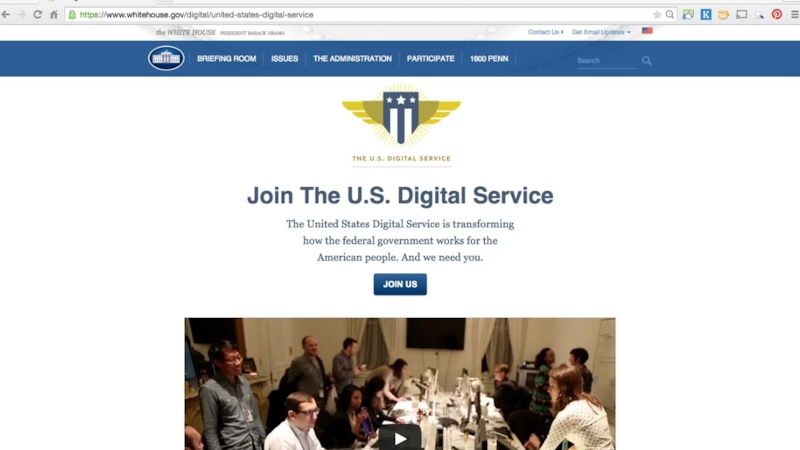
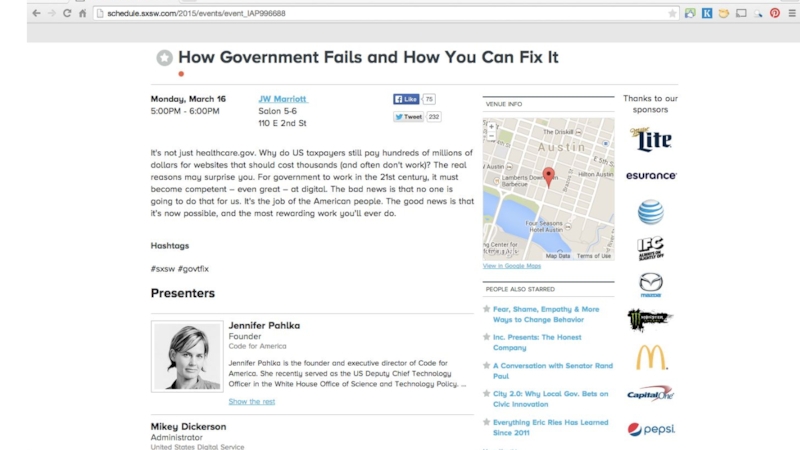
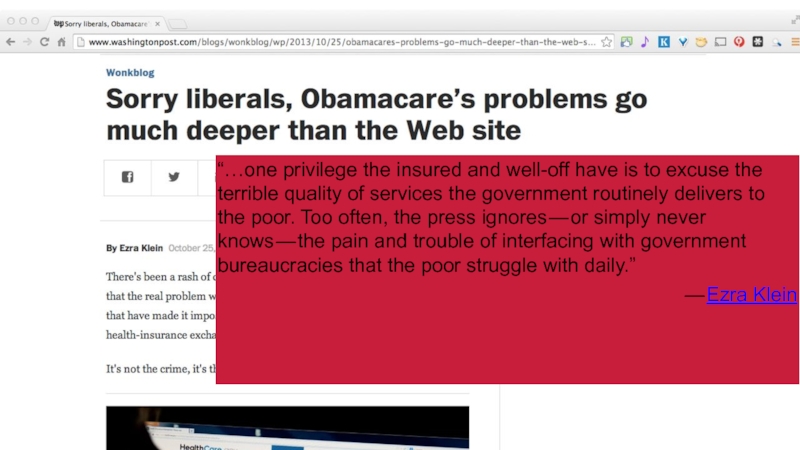
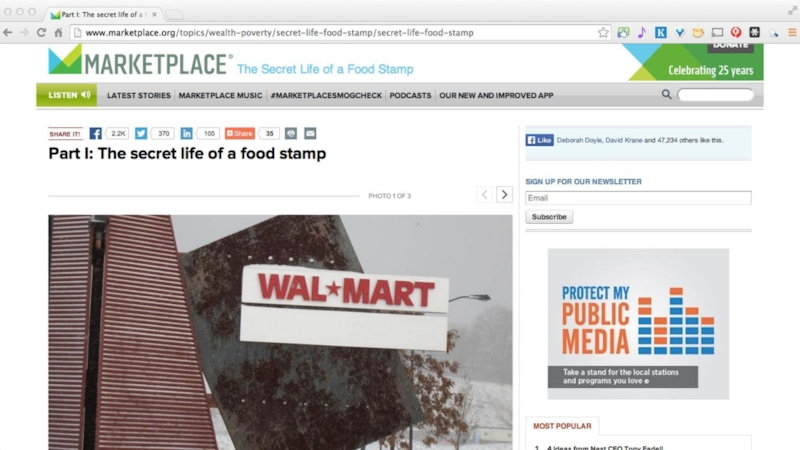
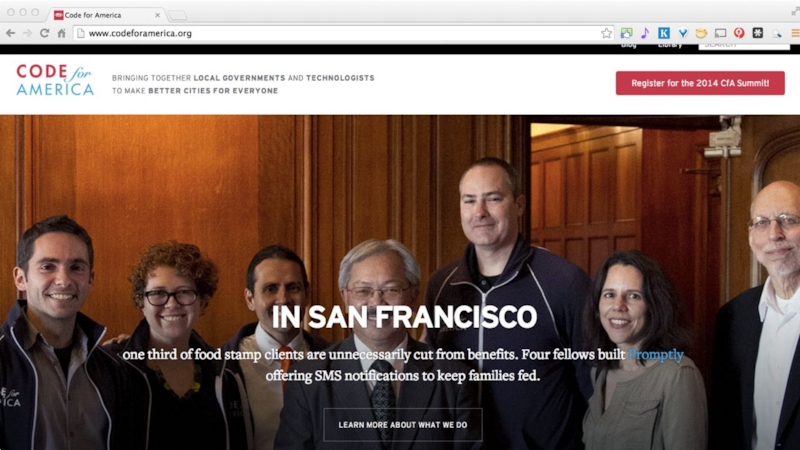
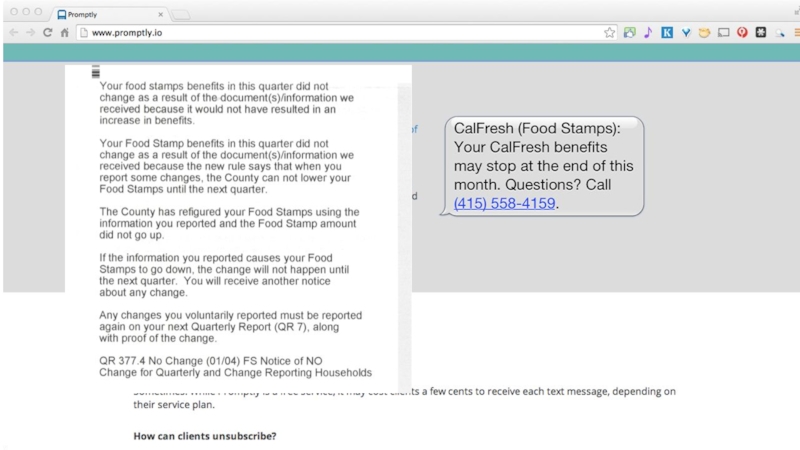
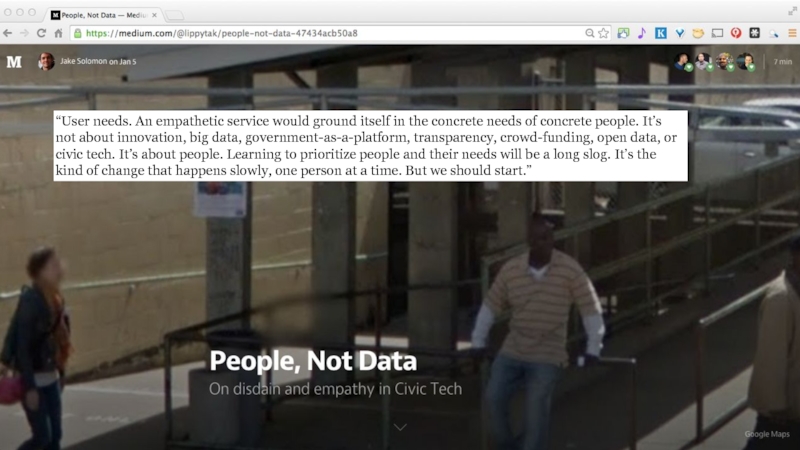
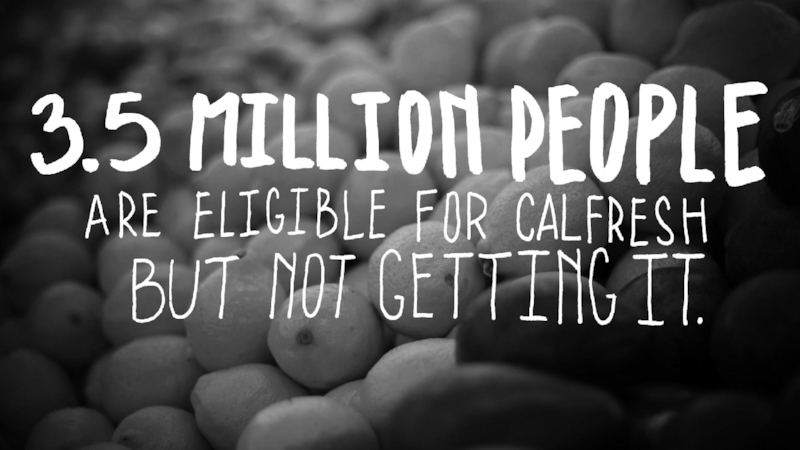
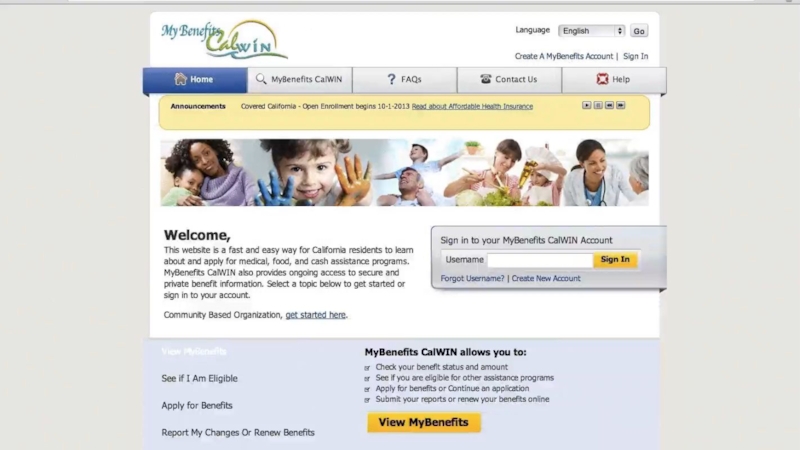
![[CLEAN]](/img/tmb/1/46118/2f1705b7ce27f5d146add00936e727c7-800x.jpg)
